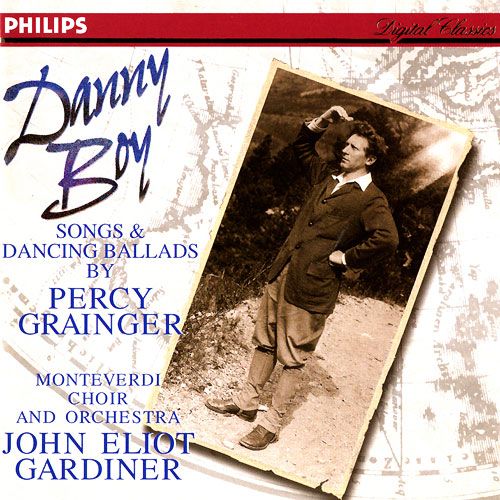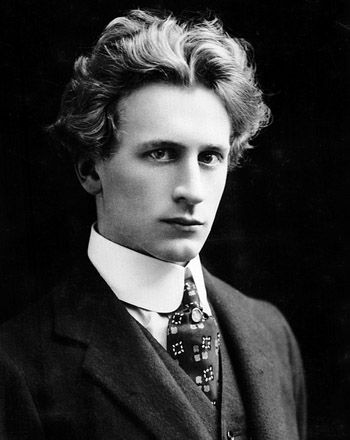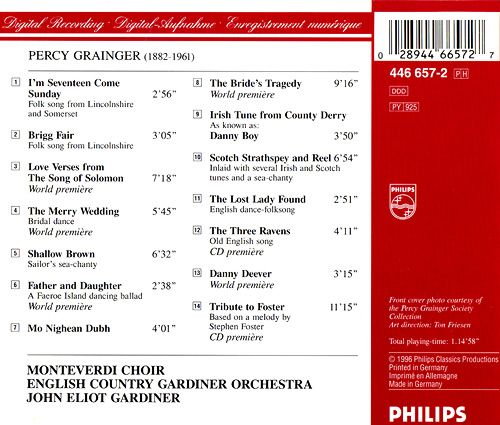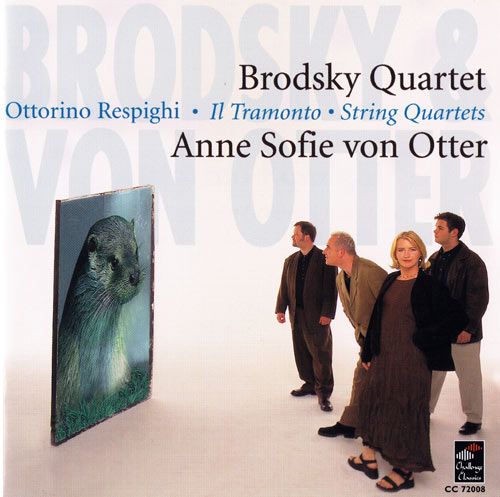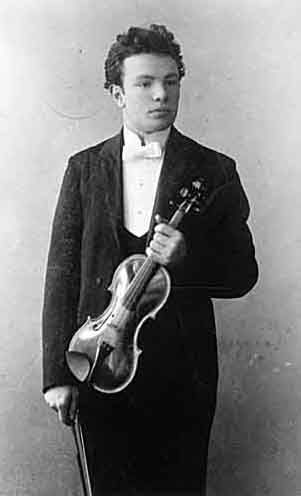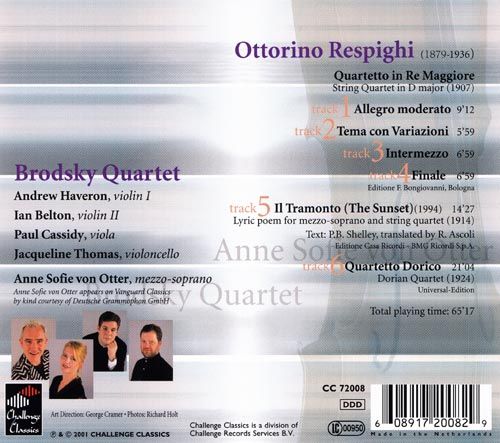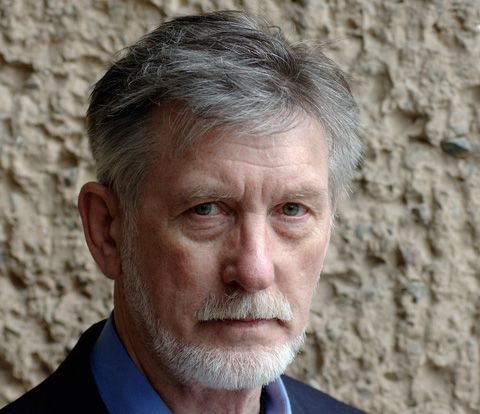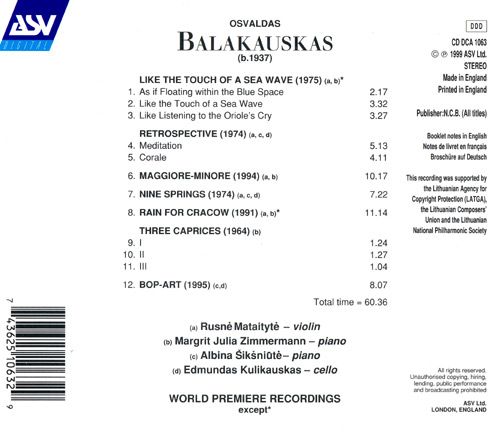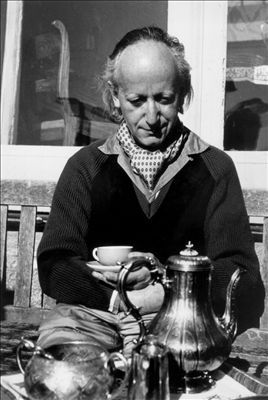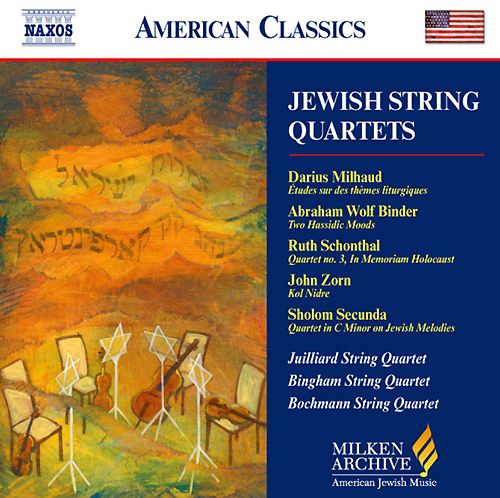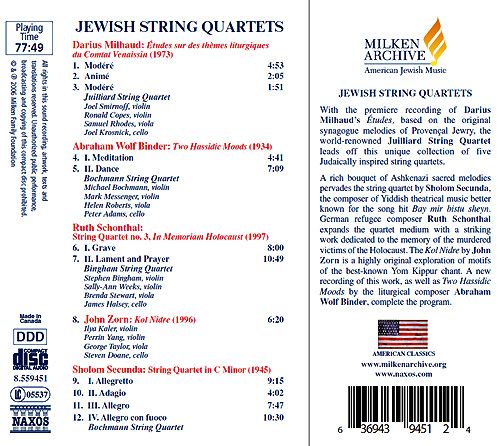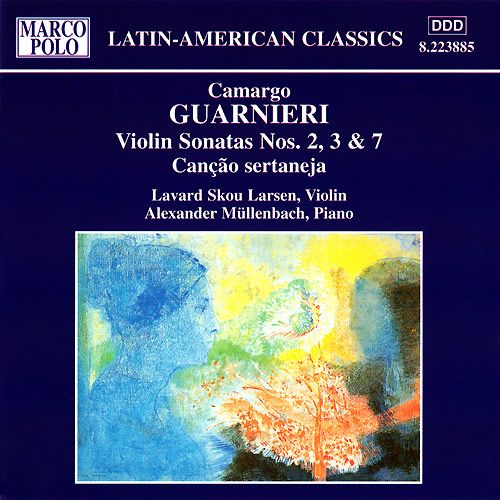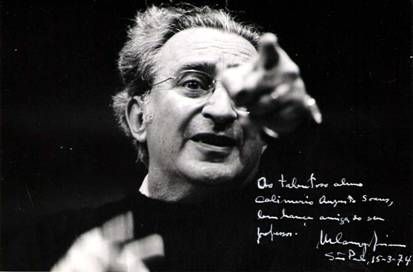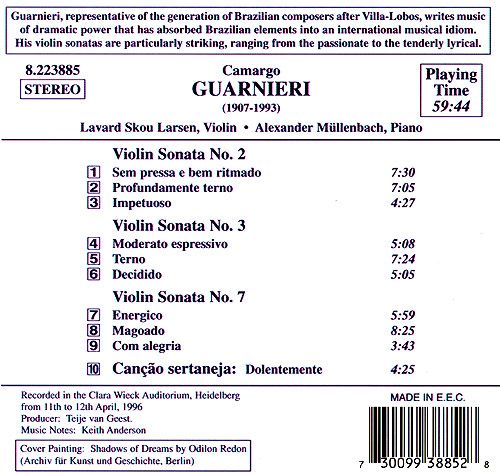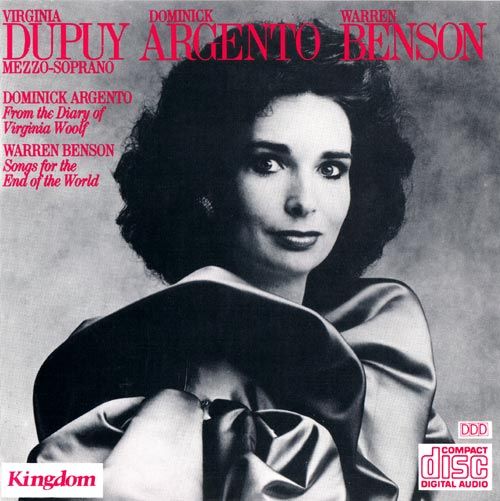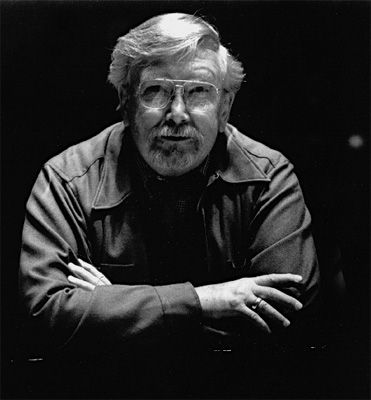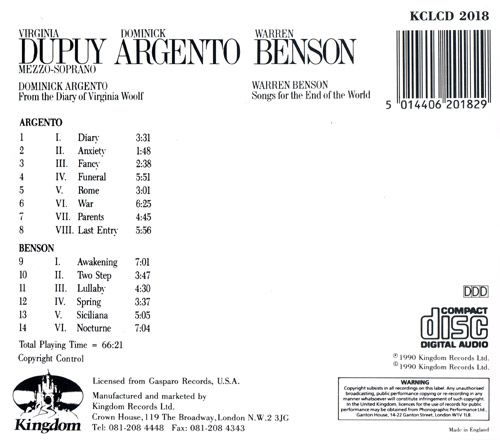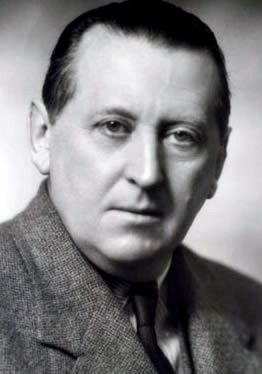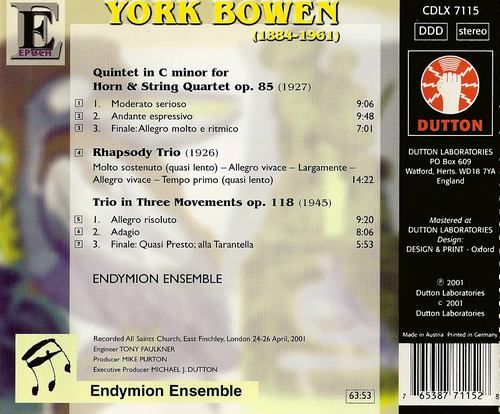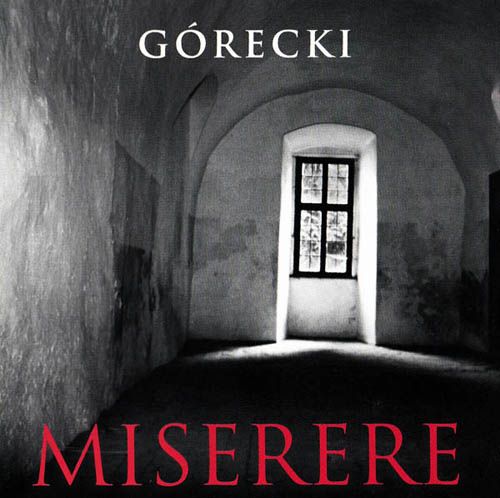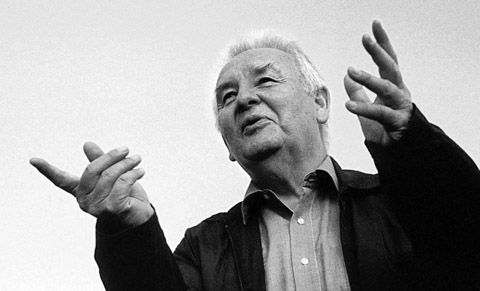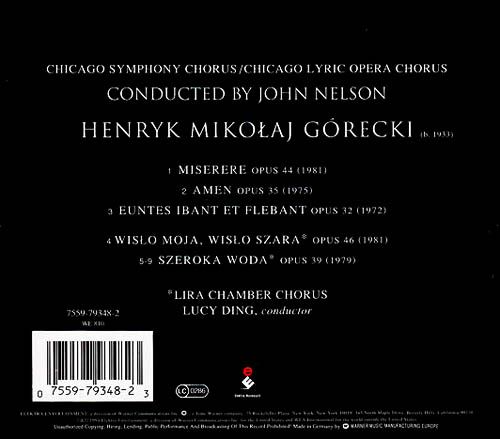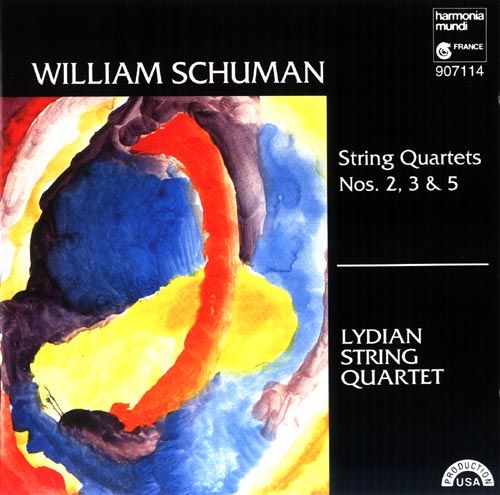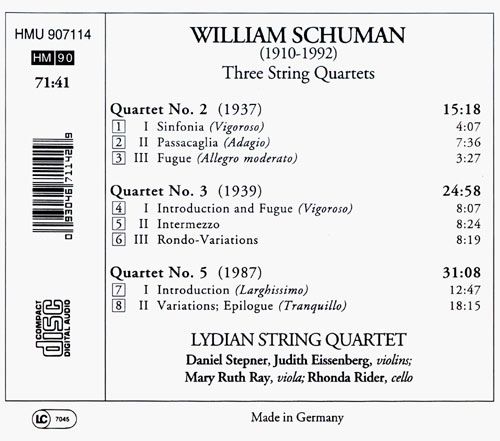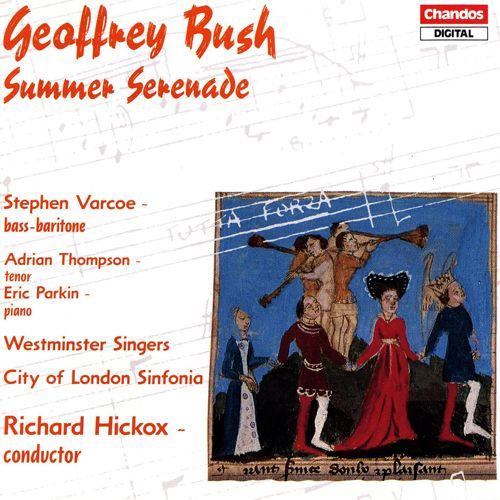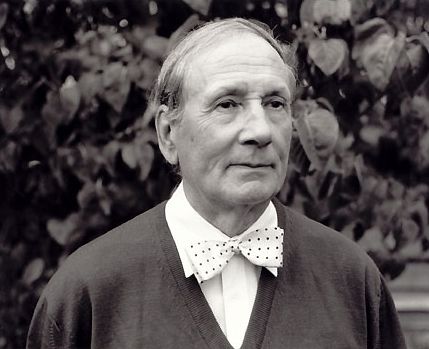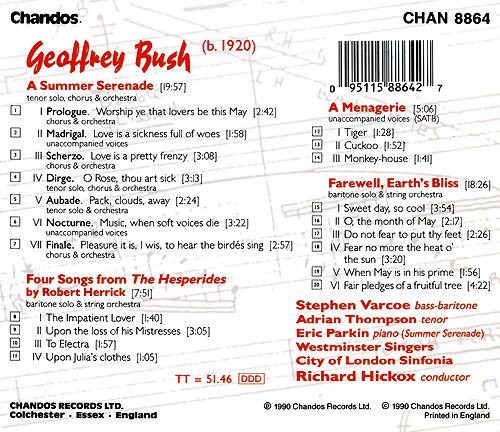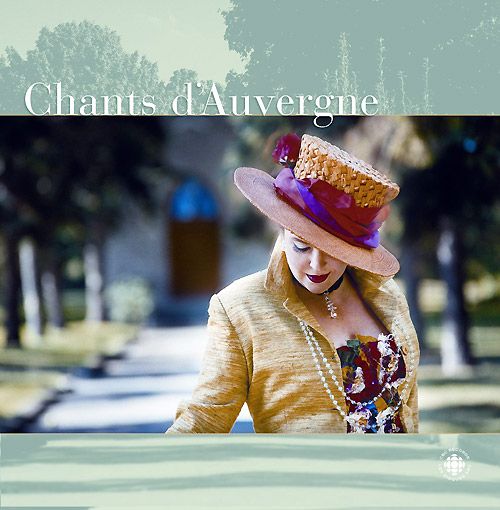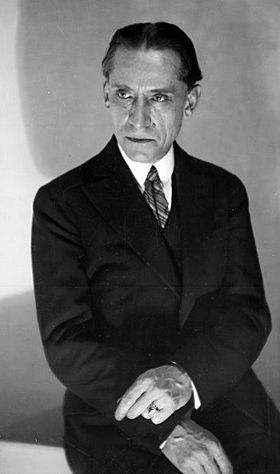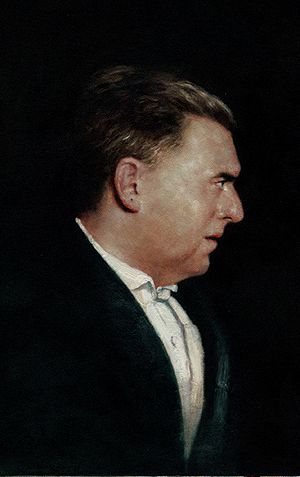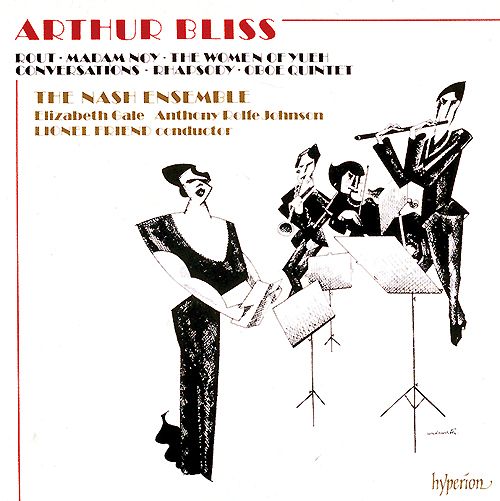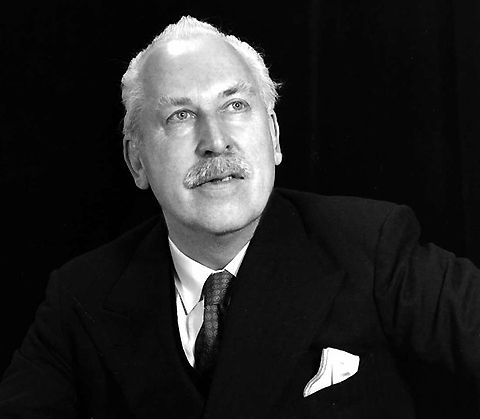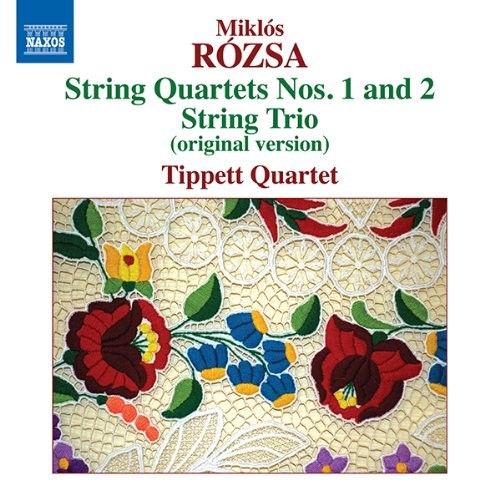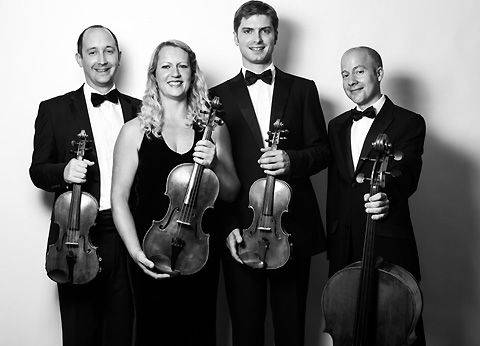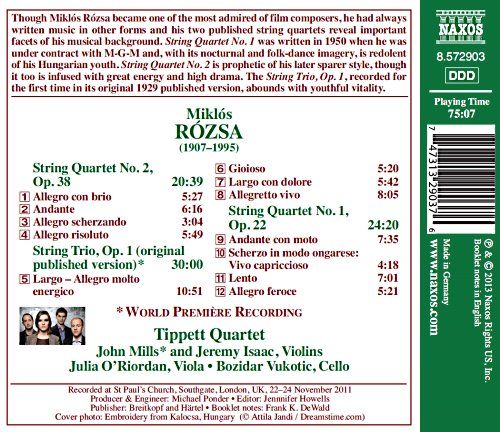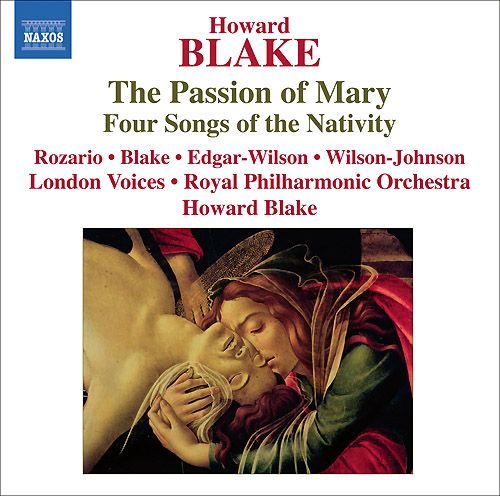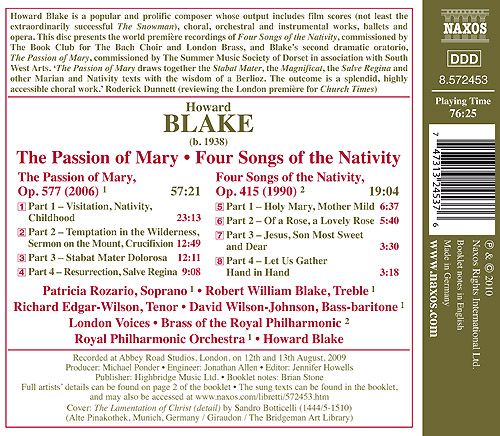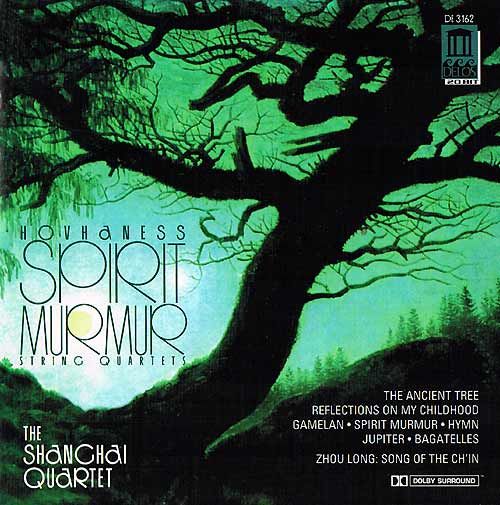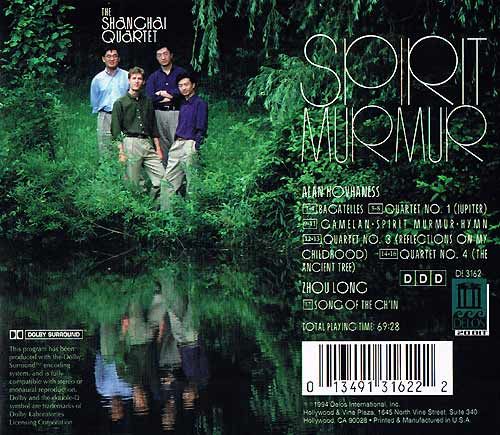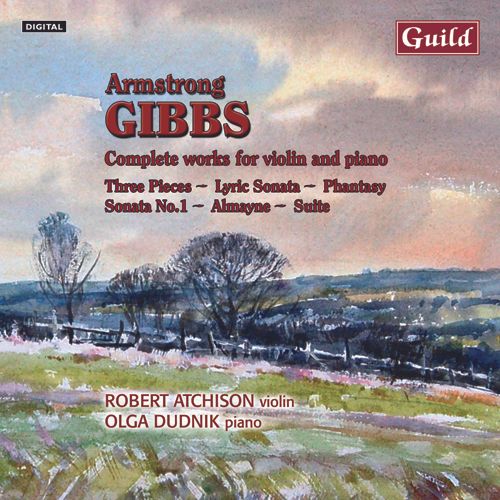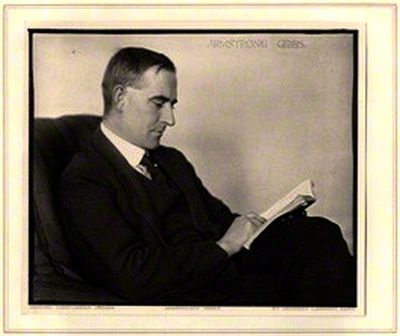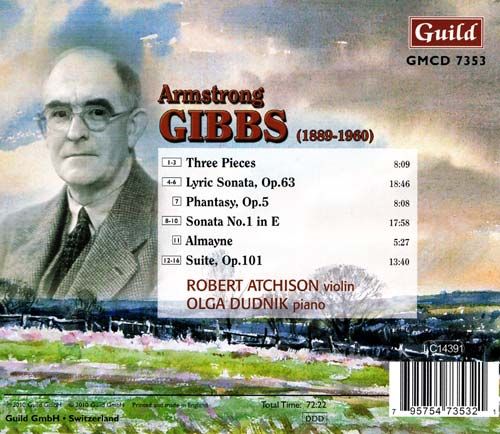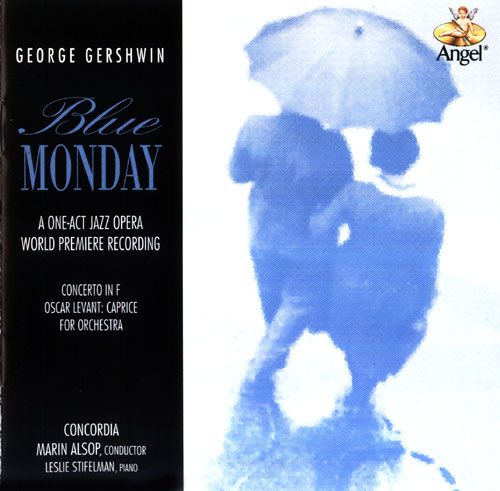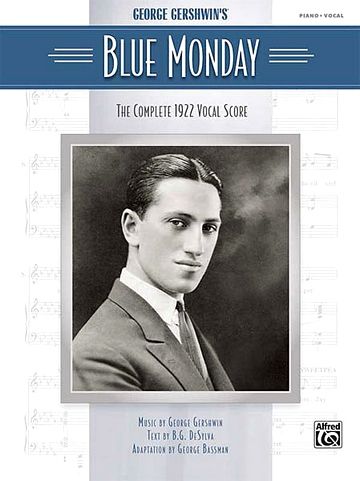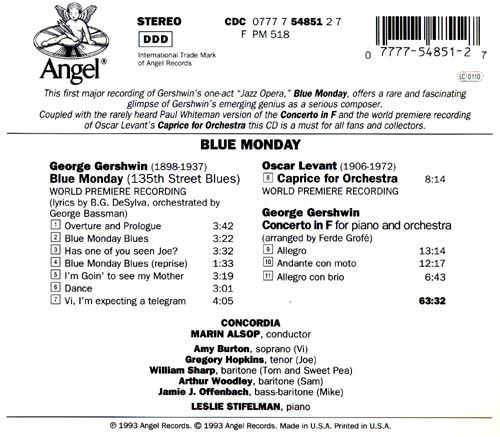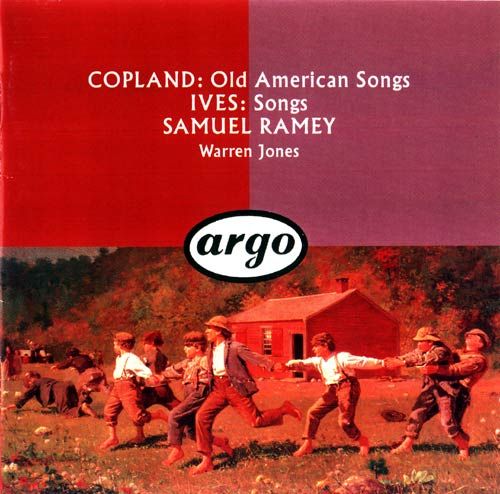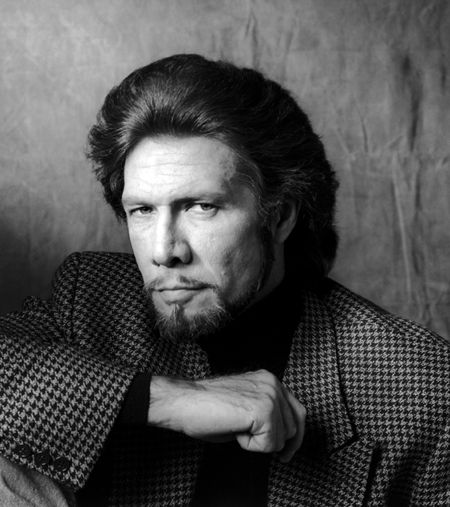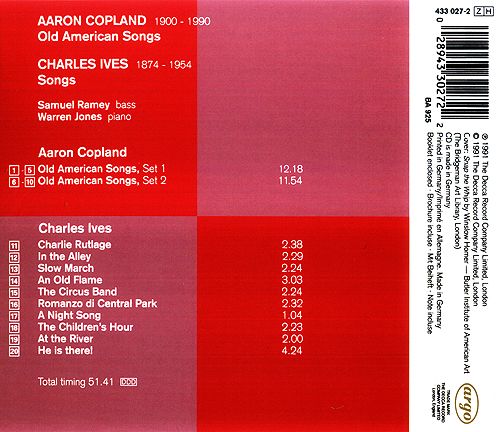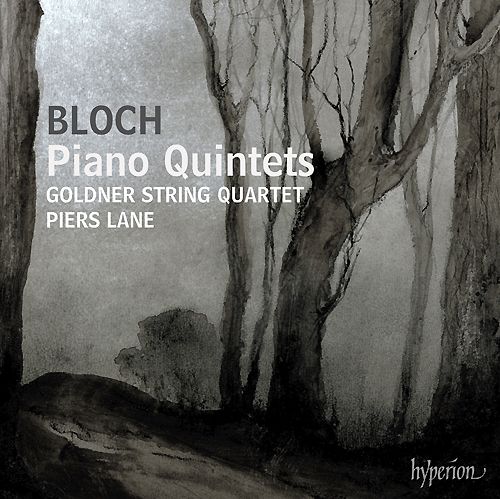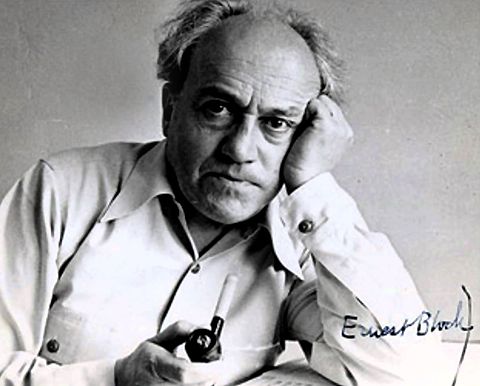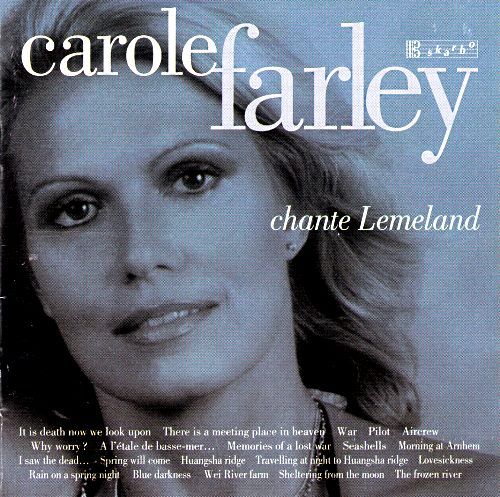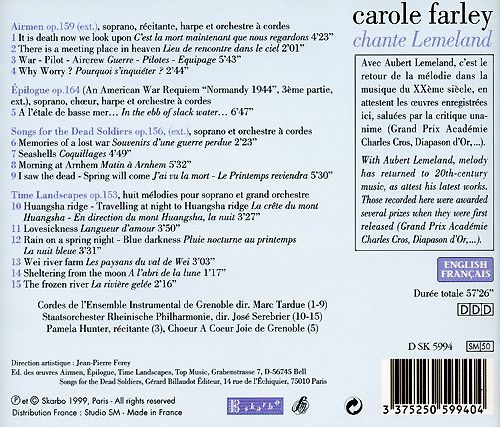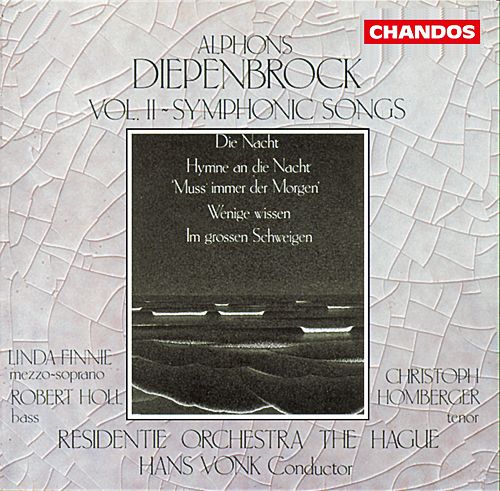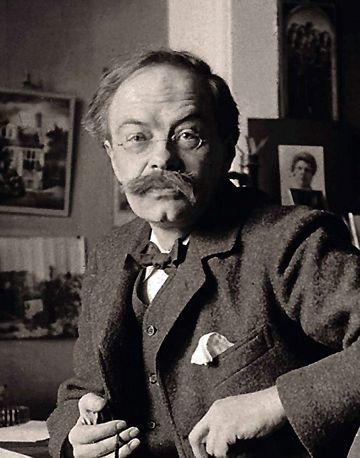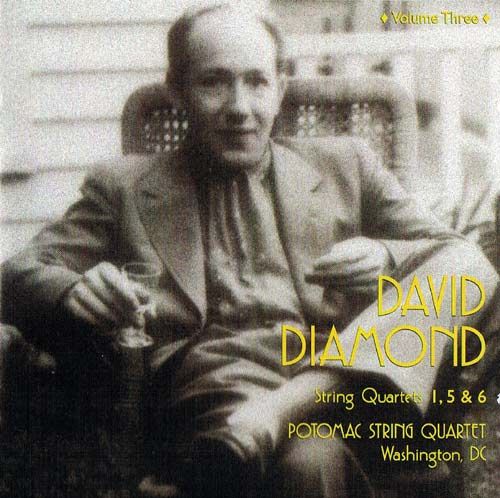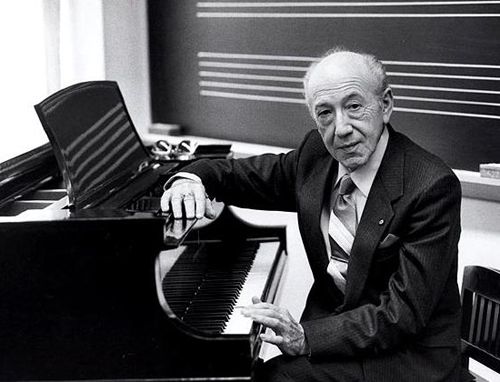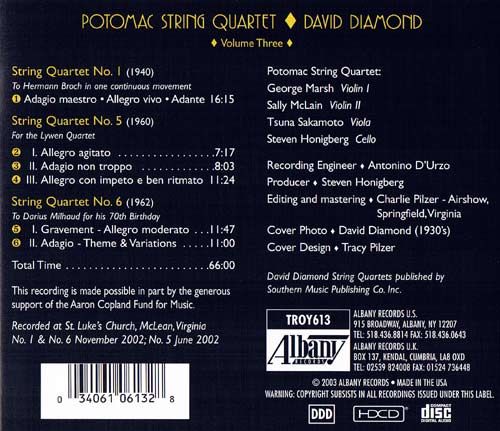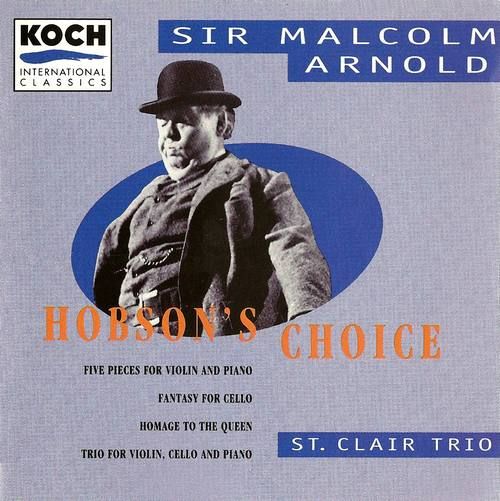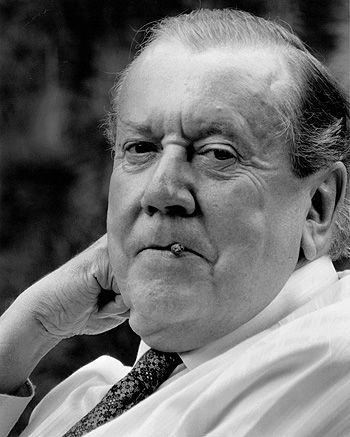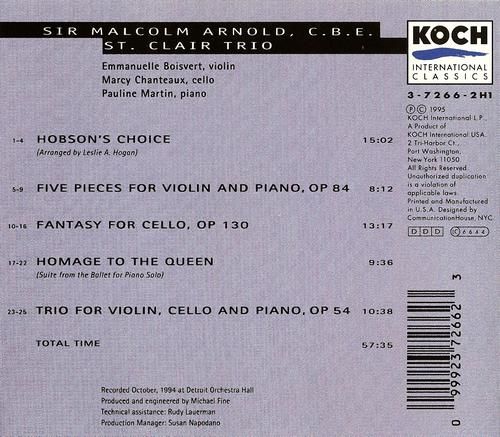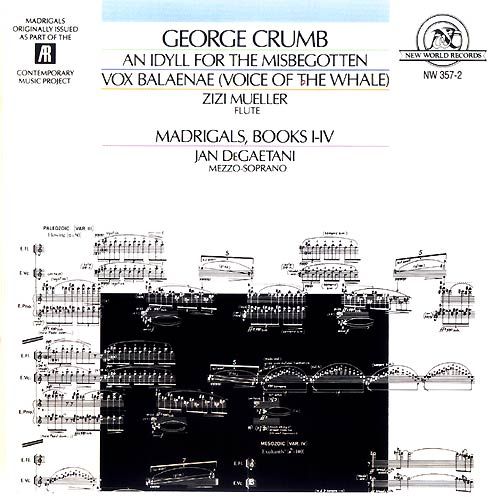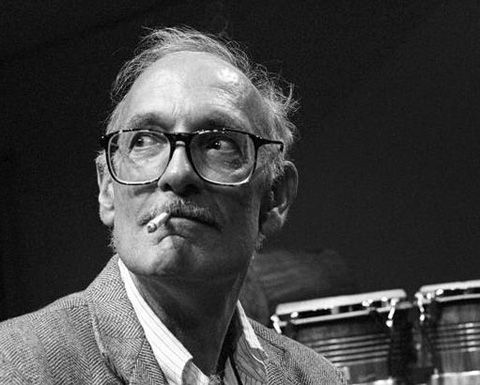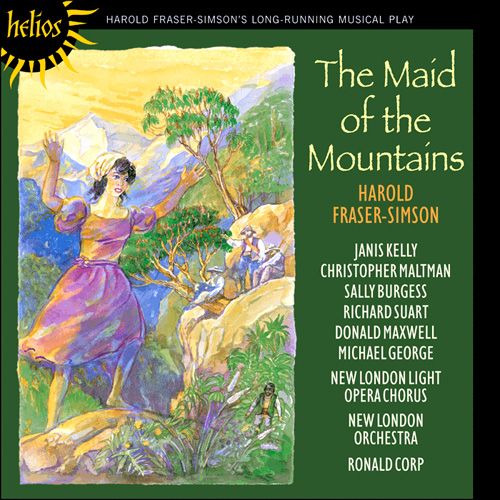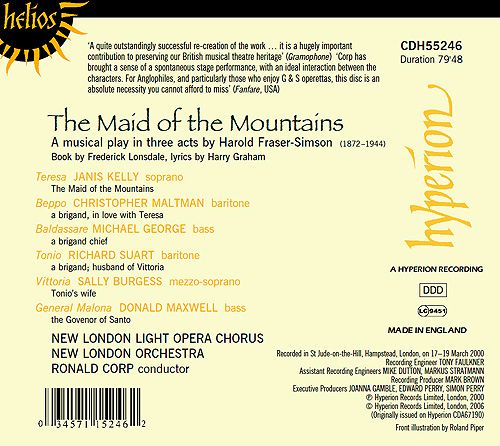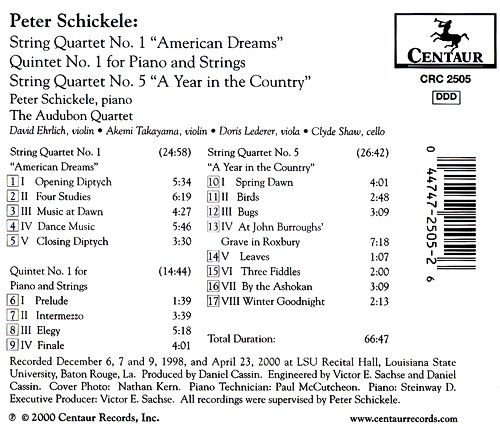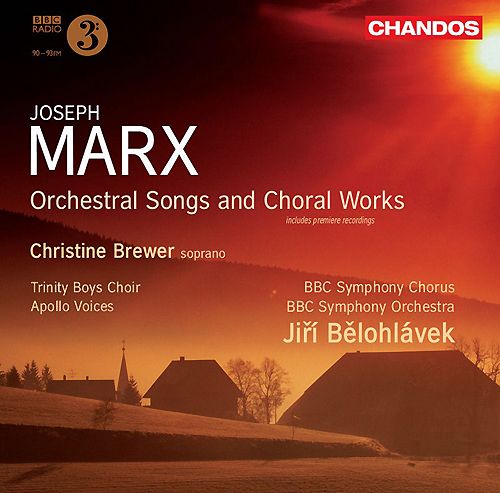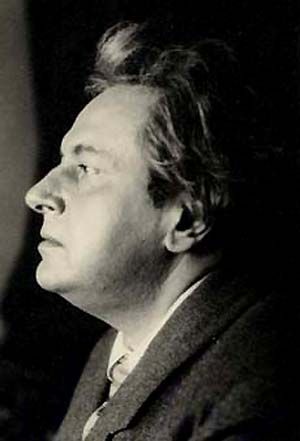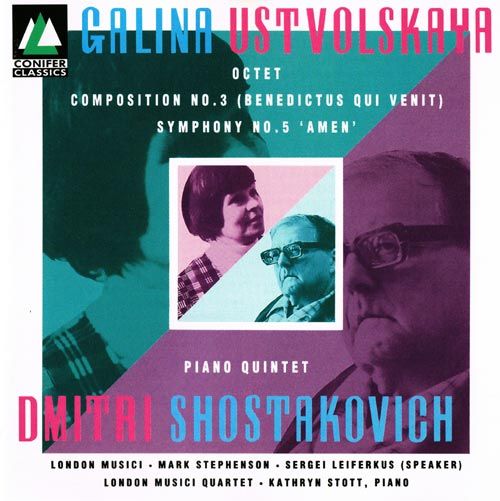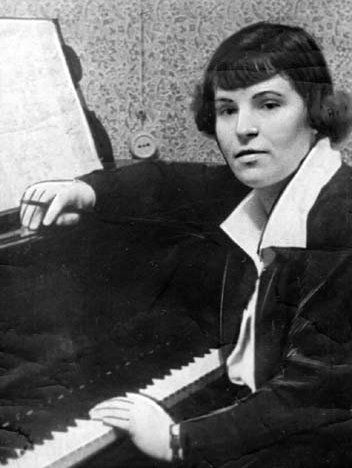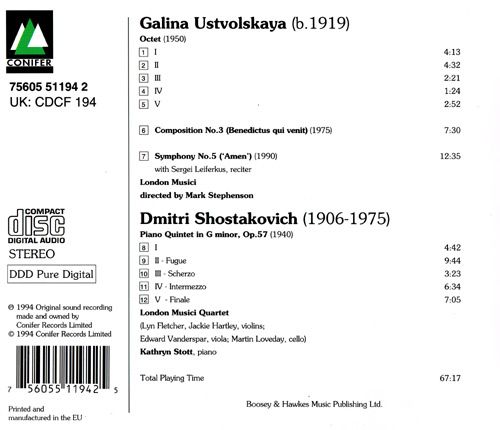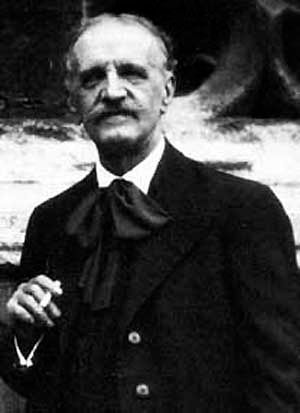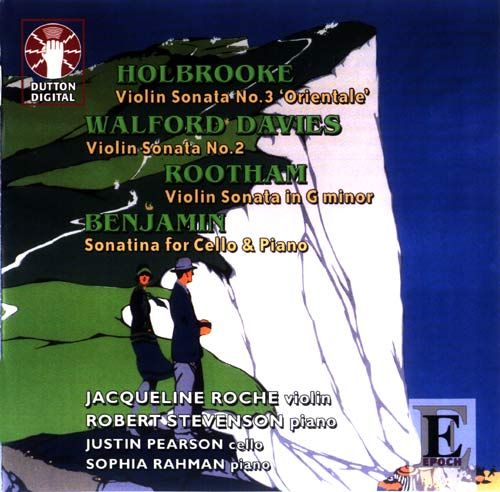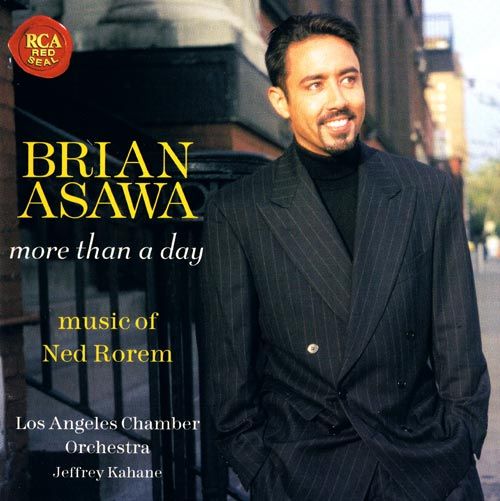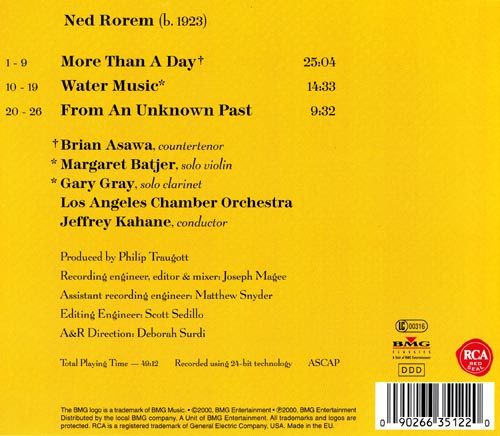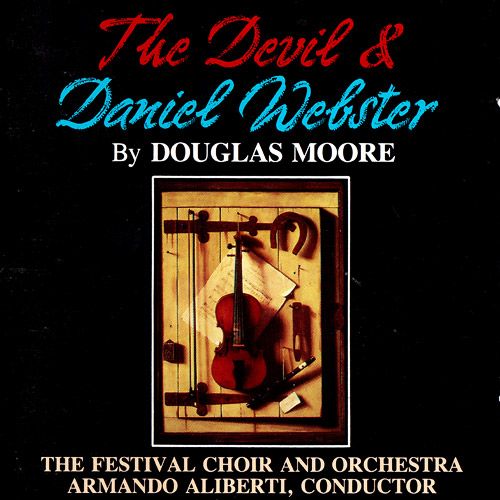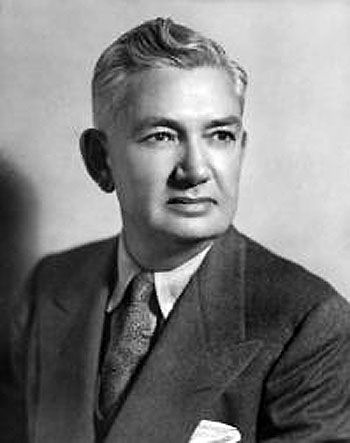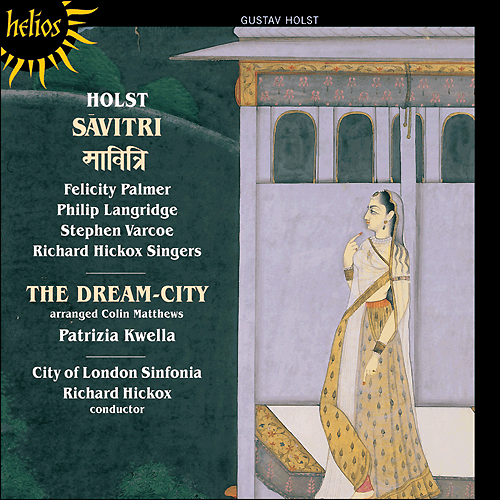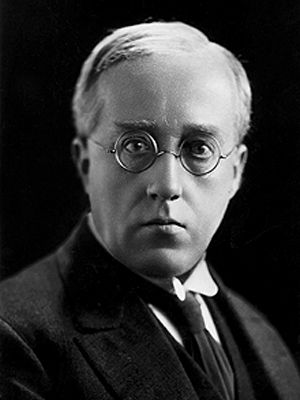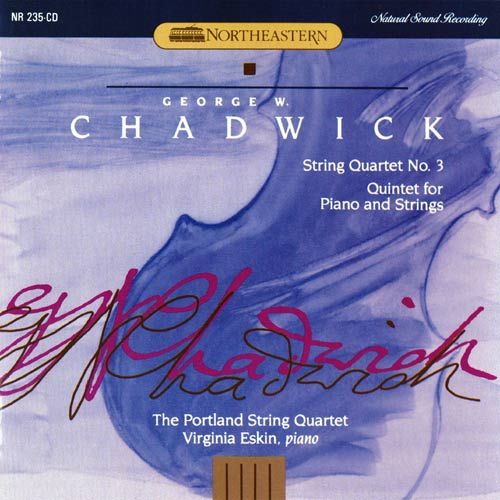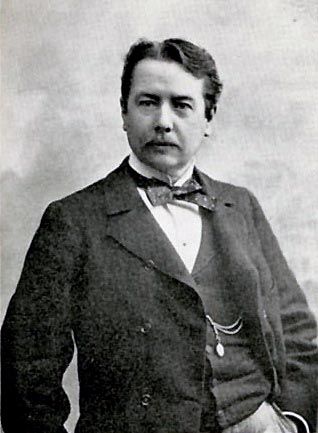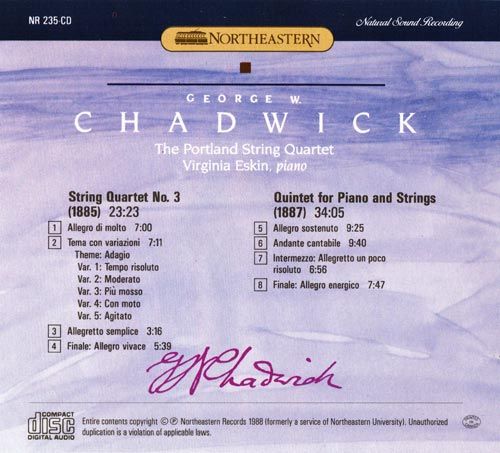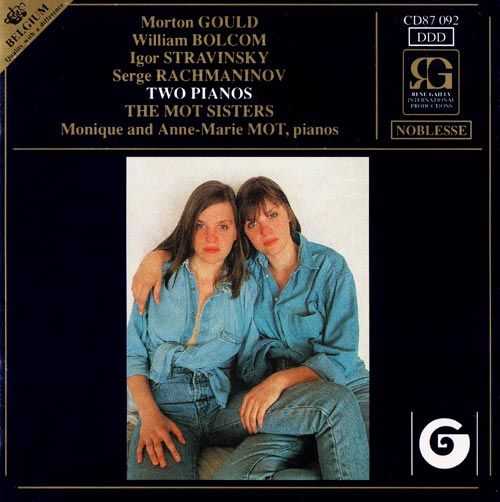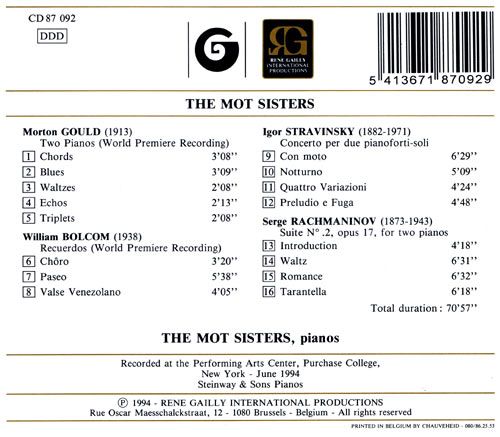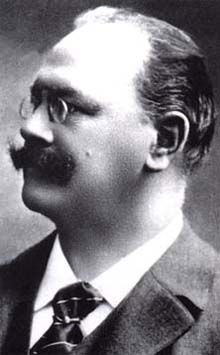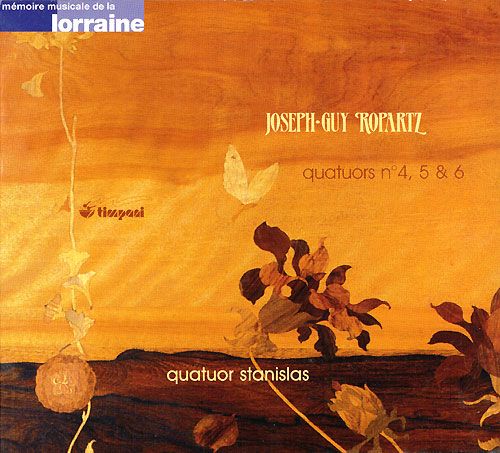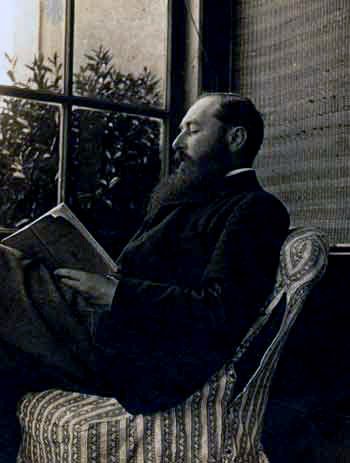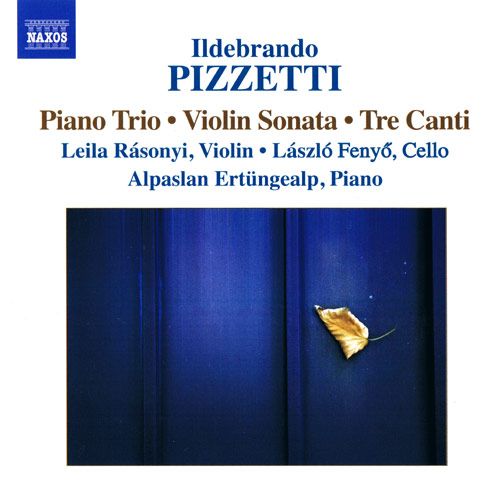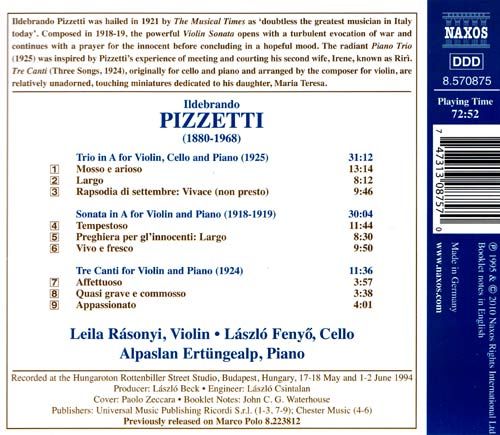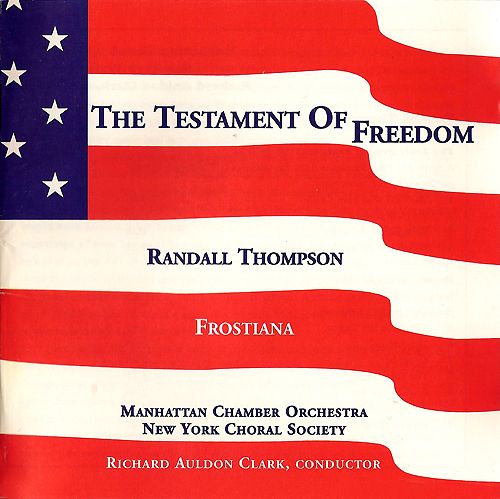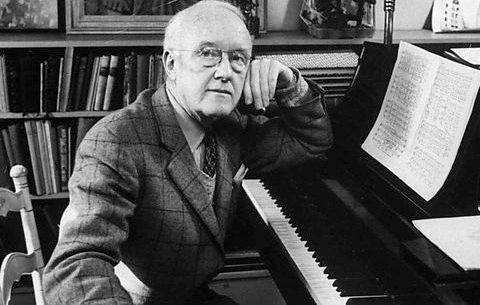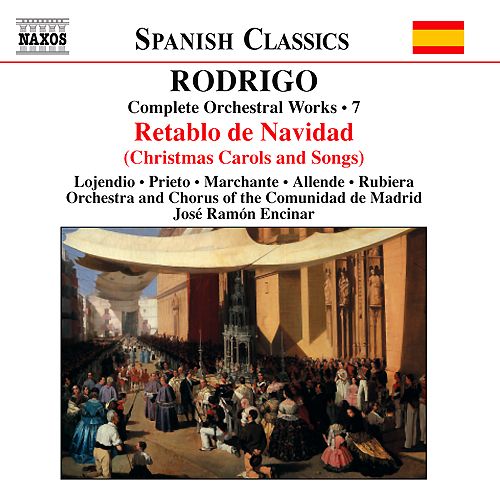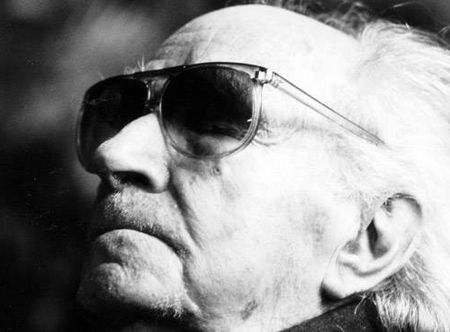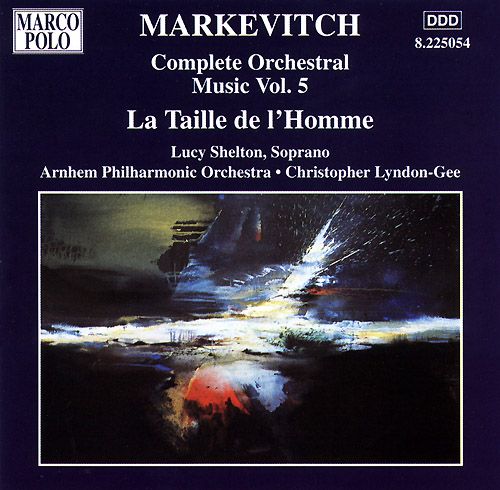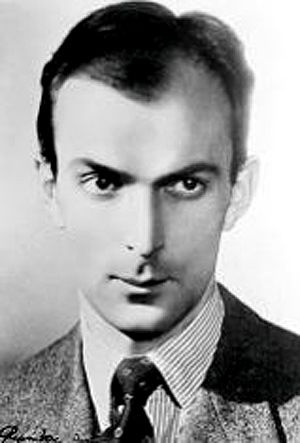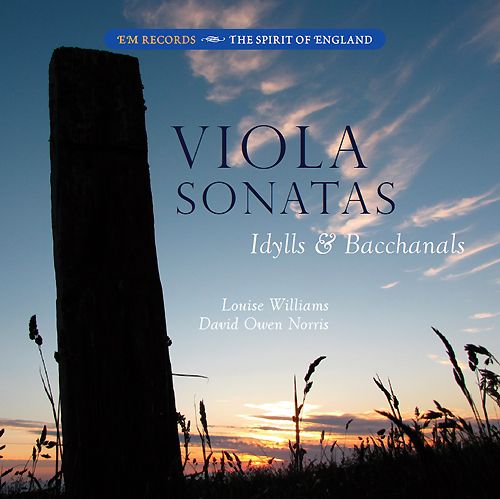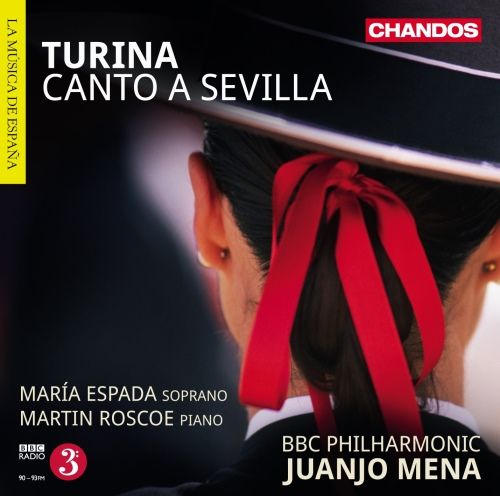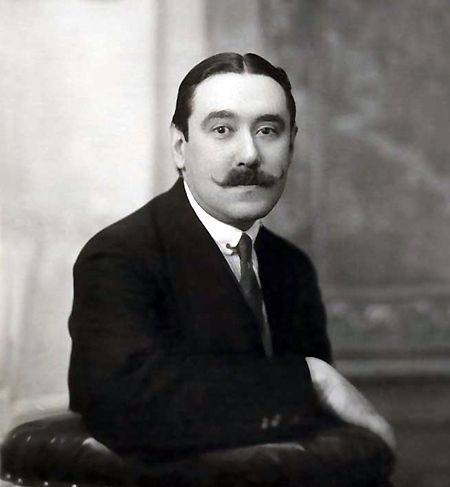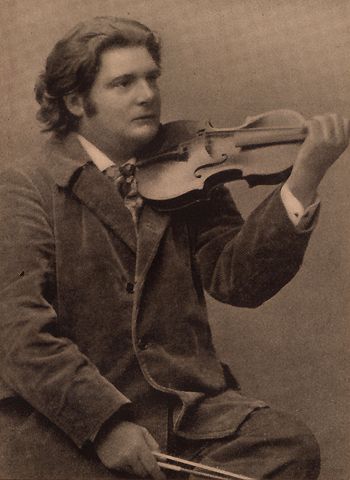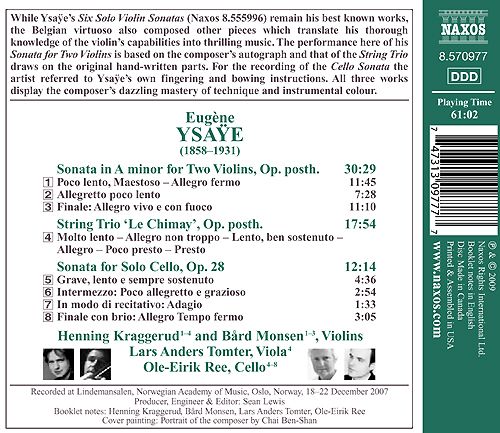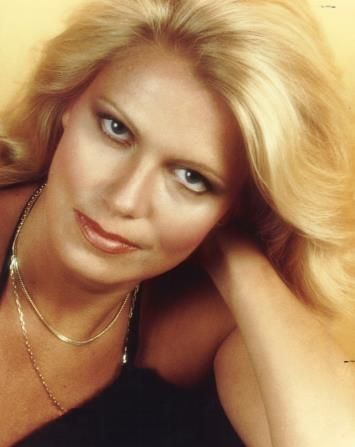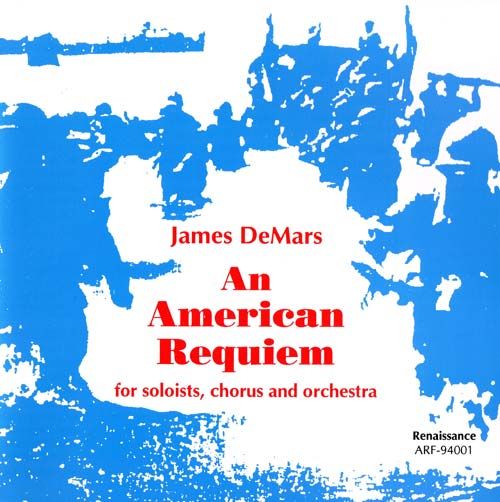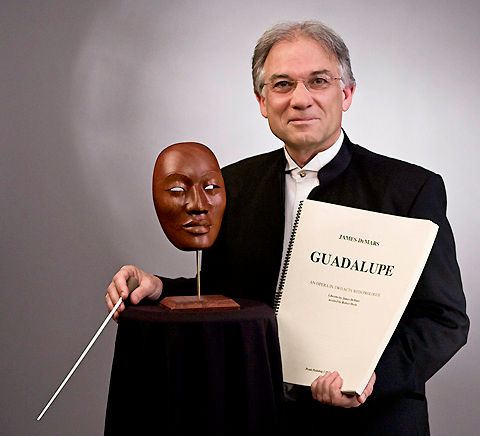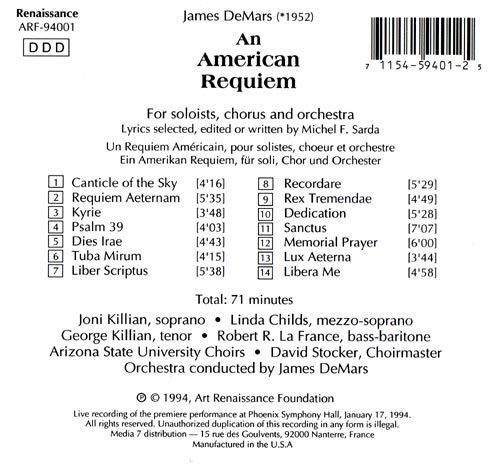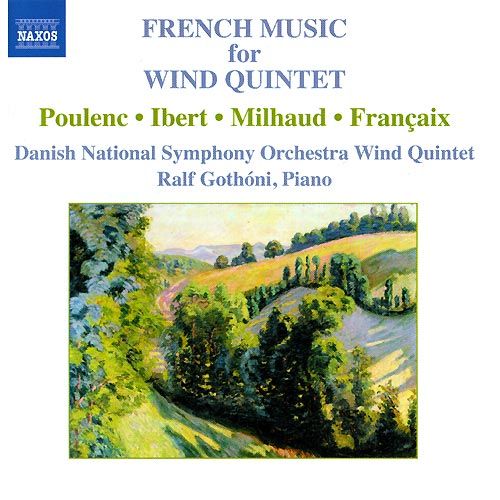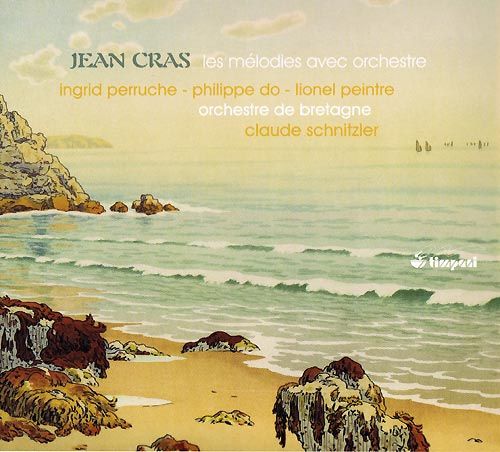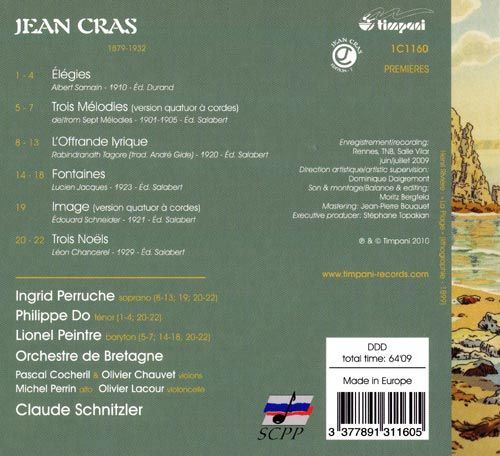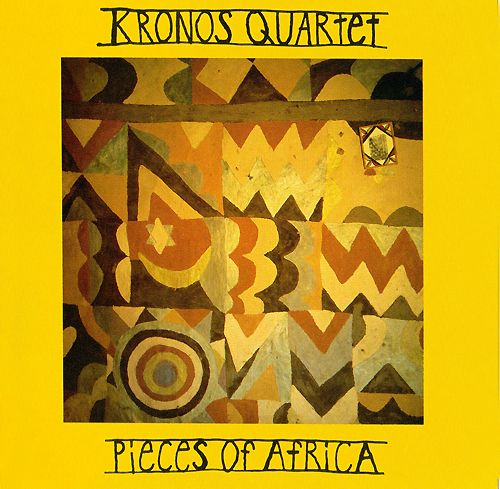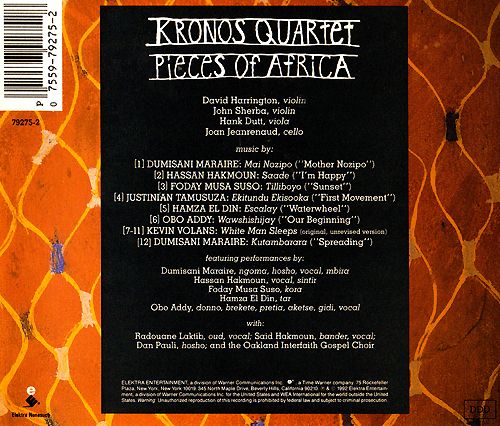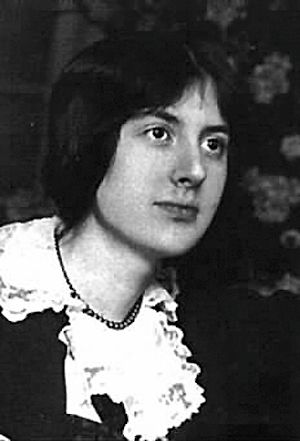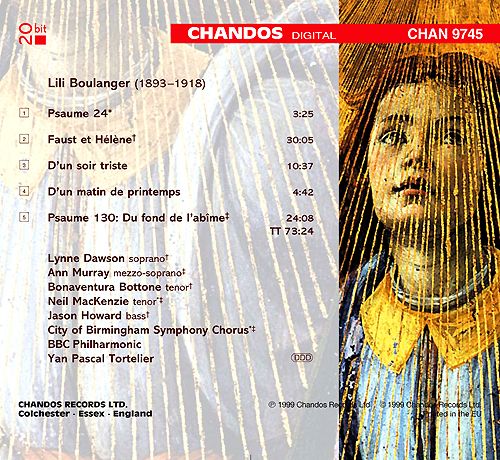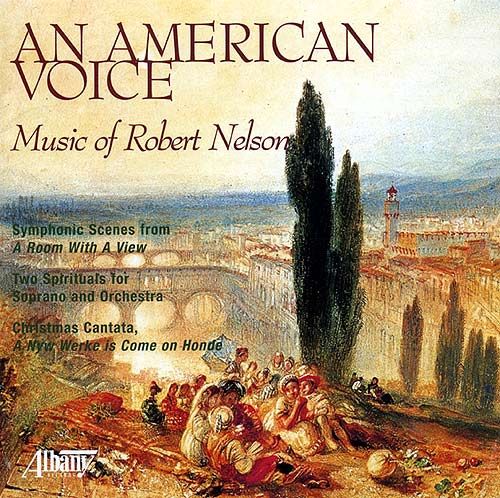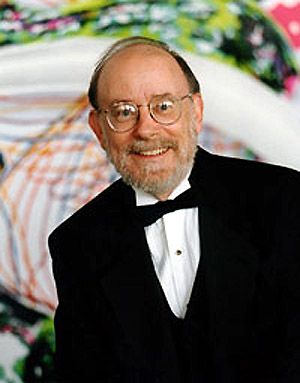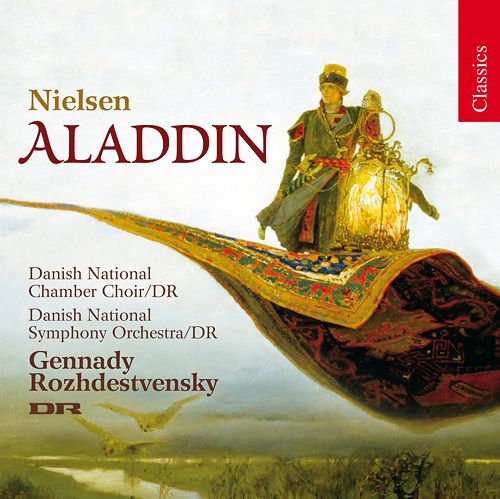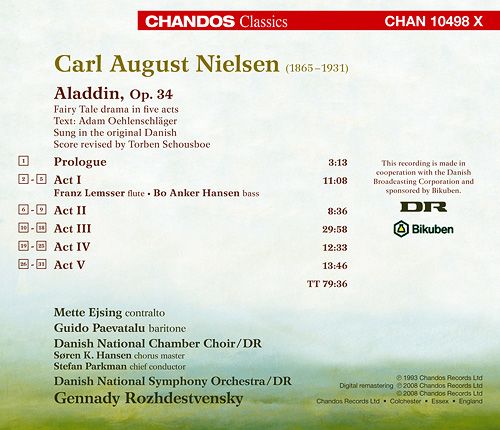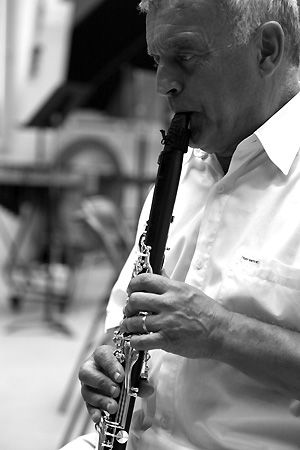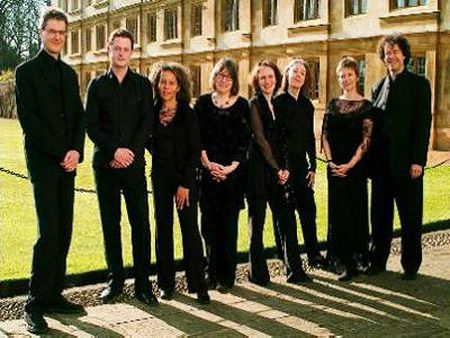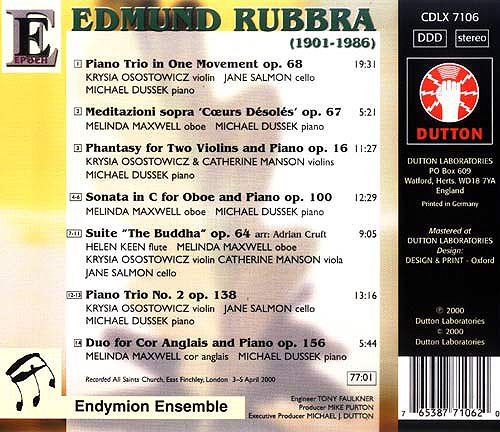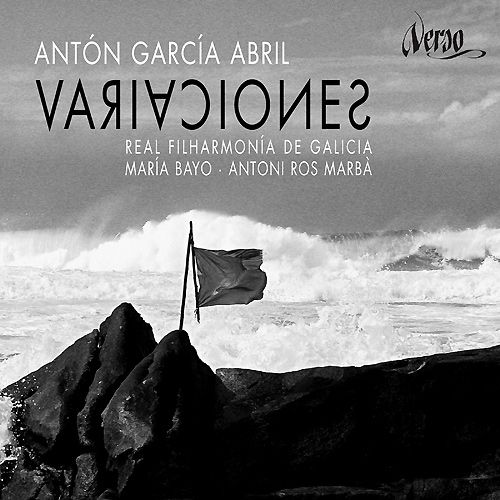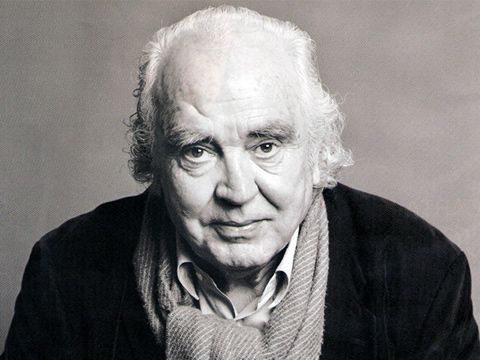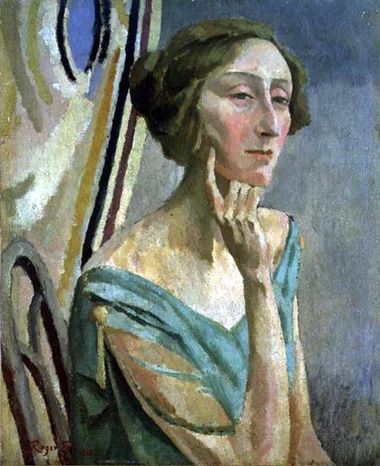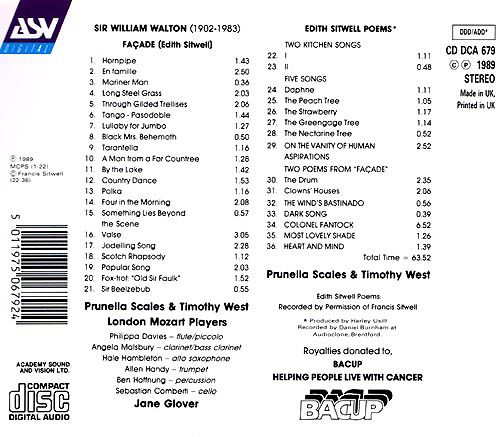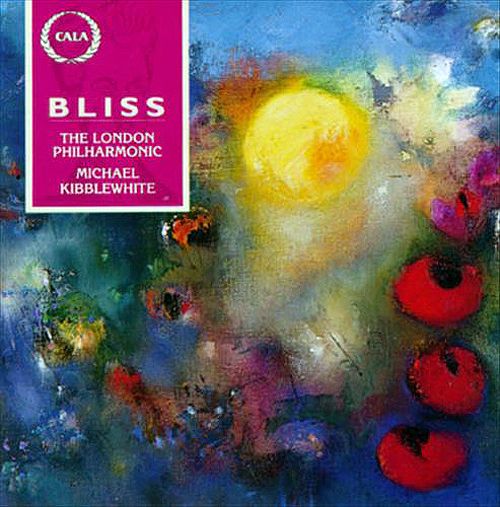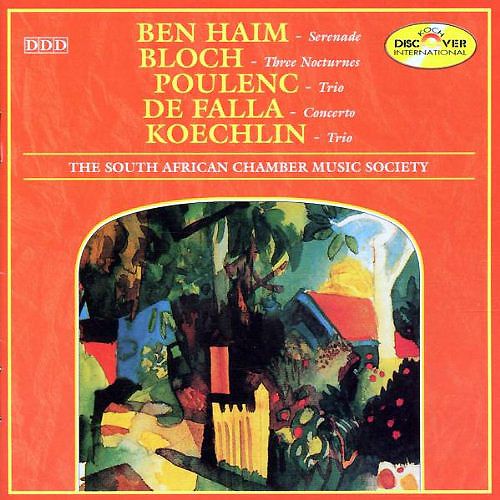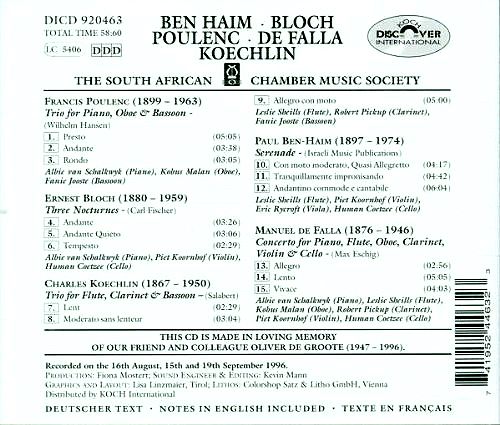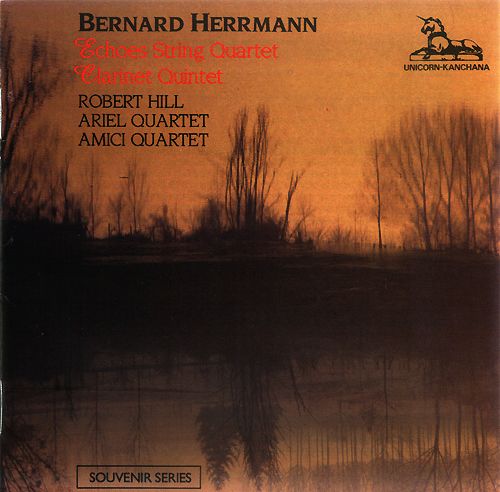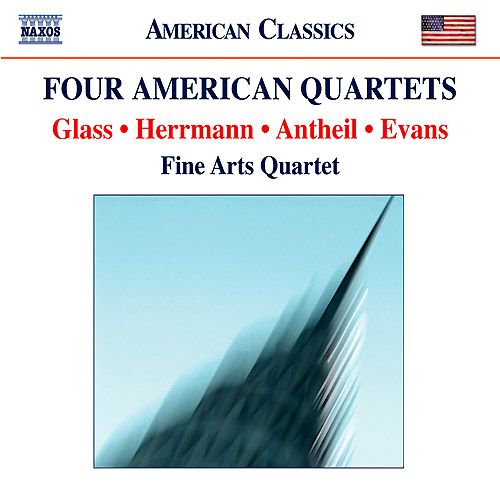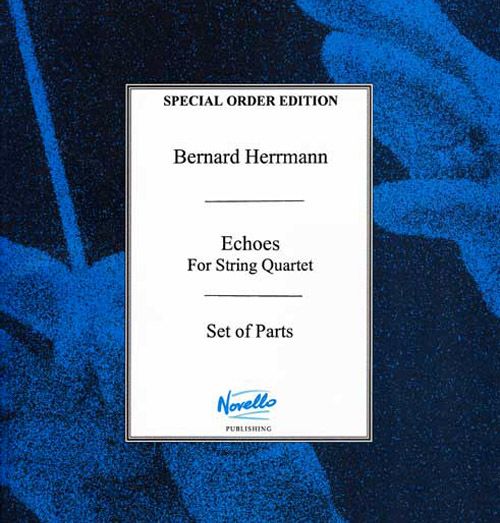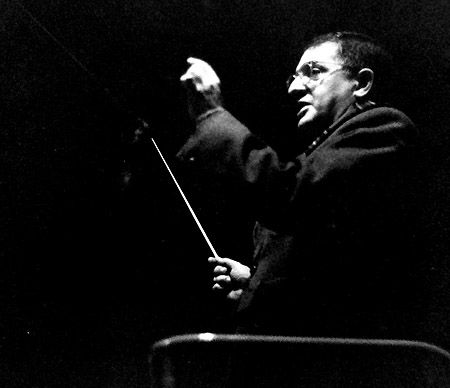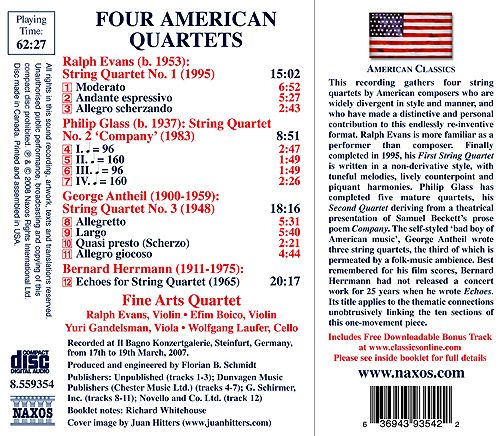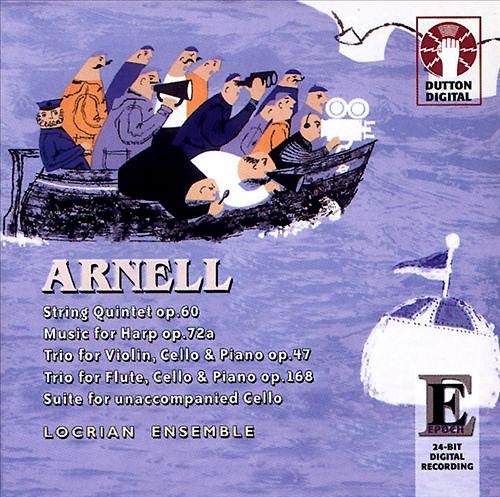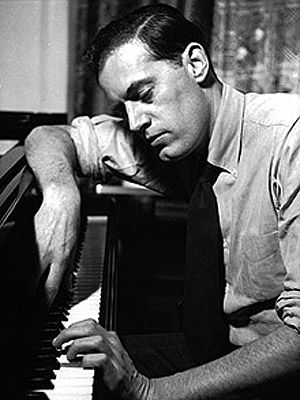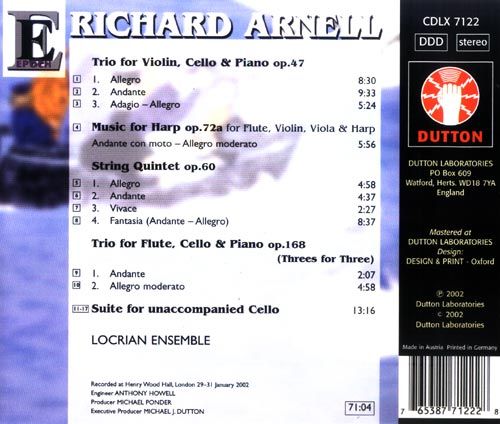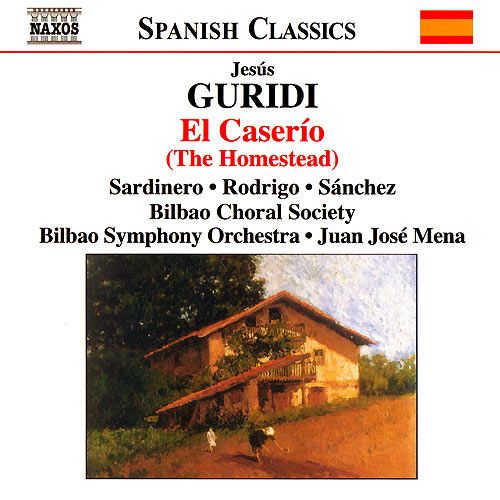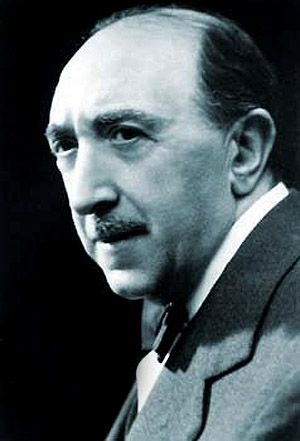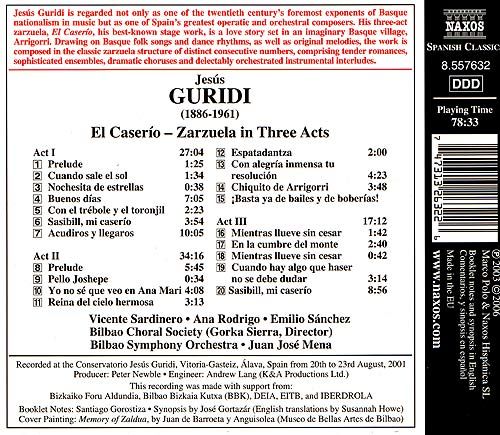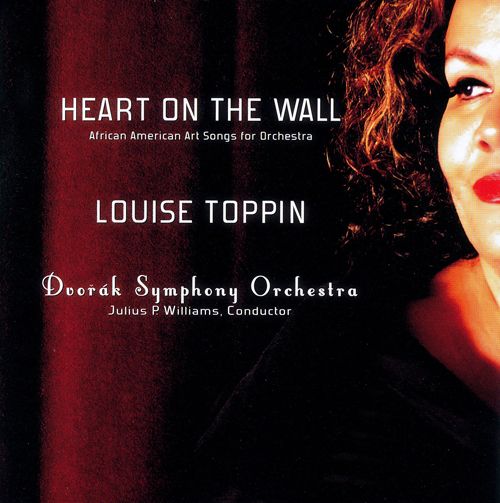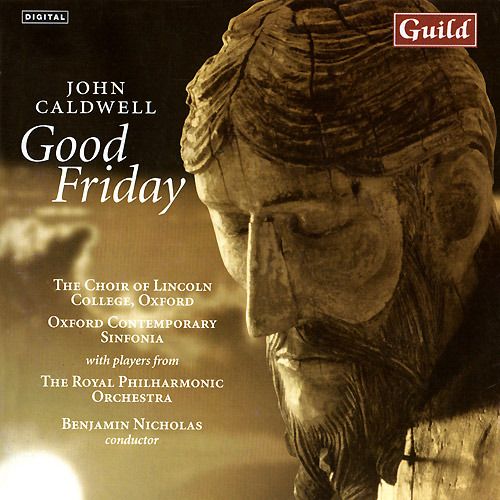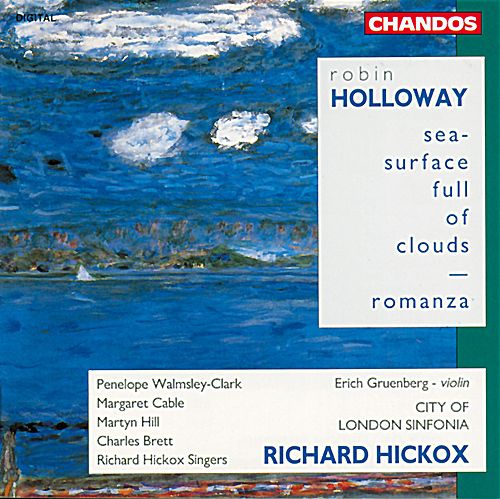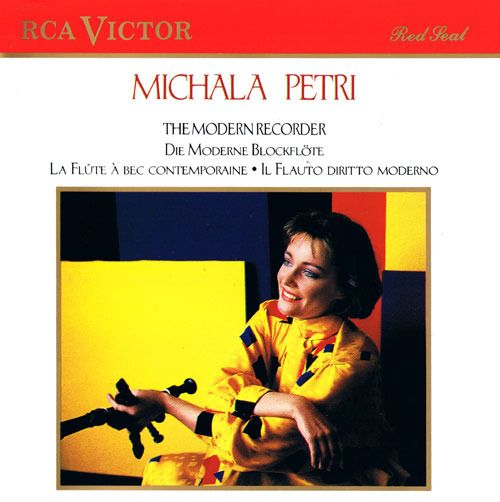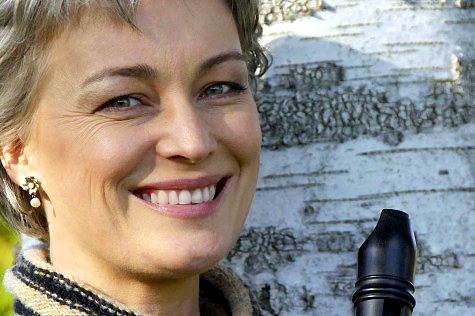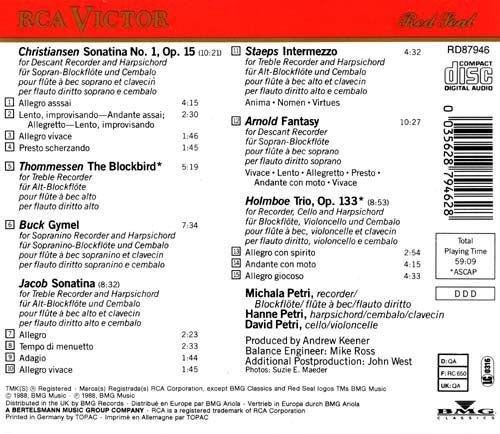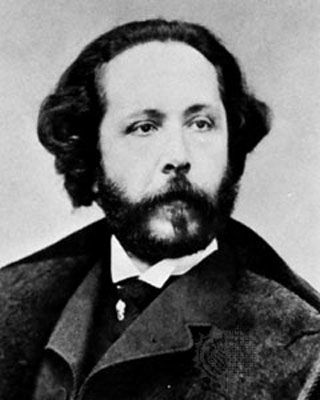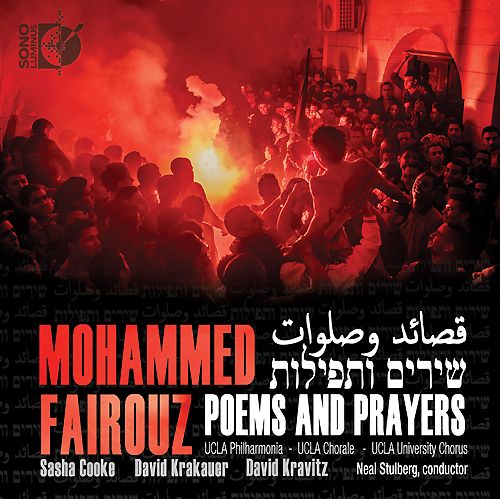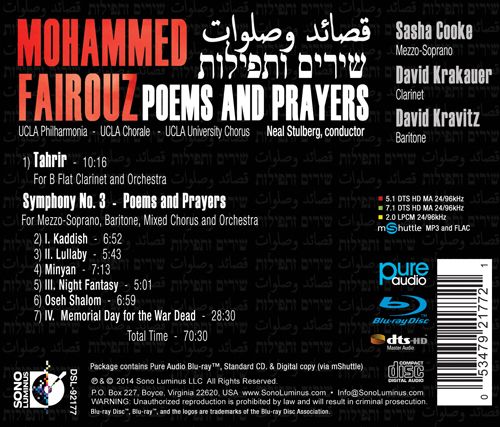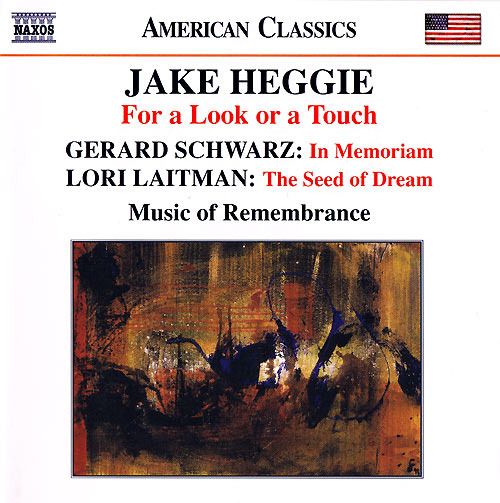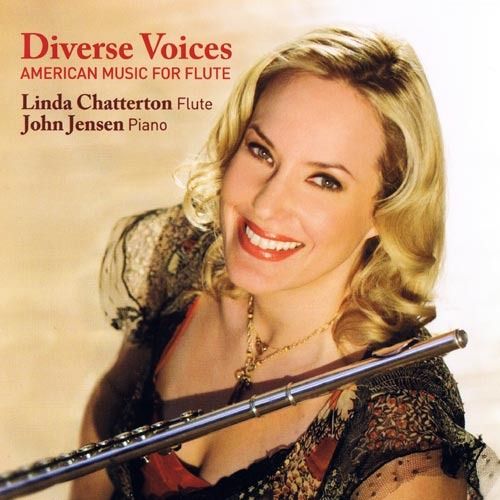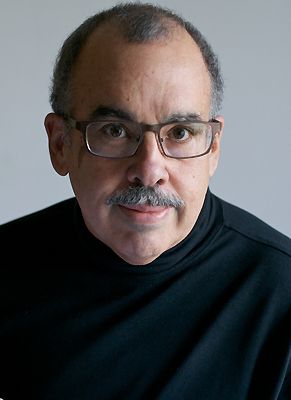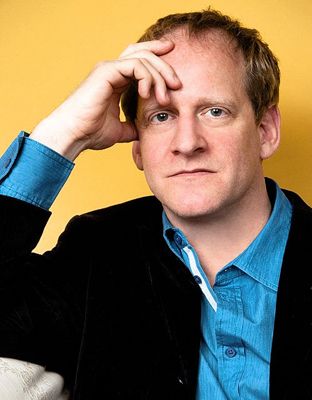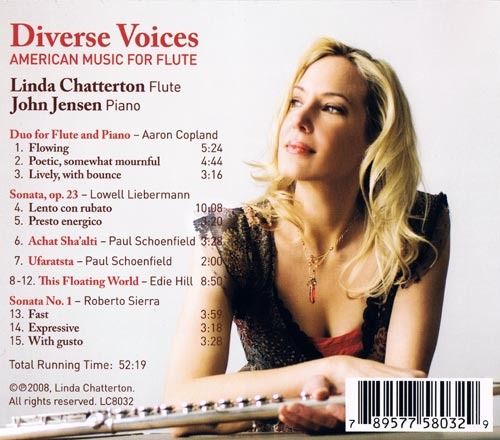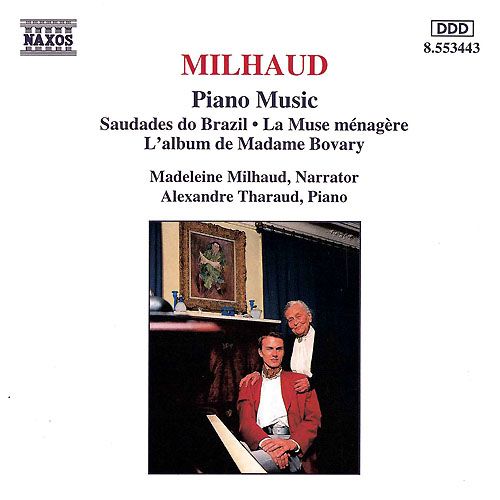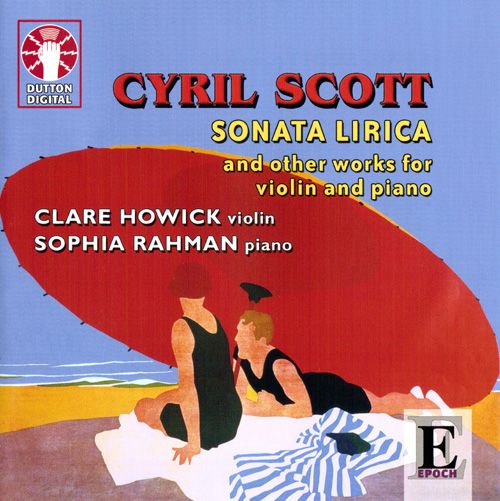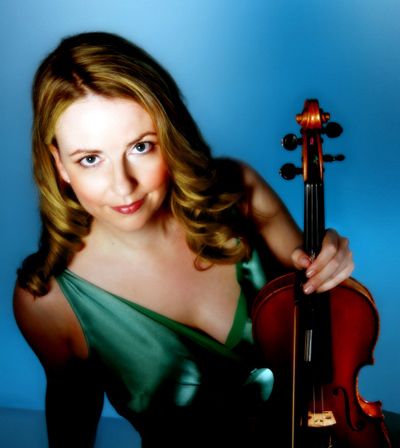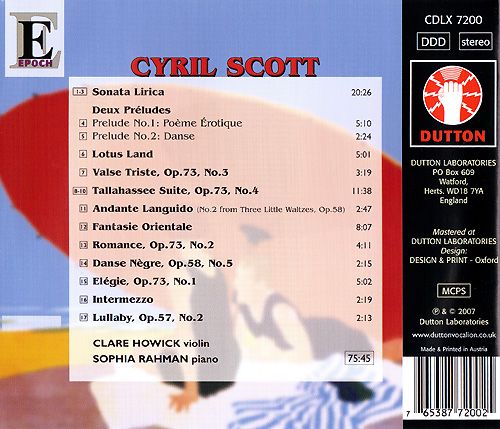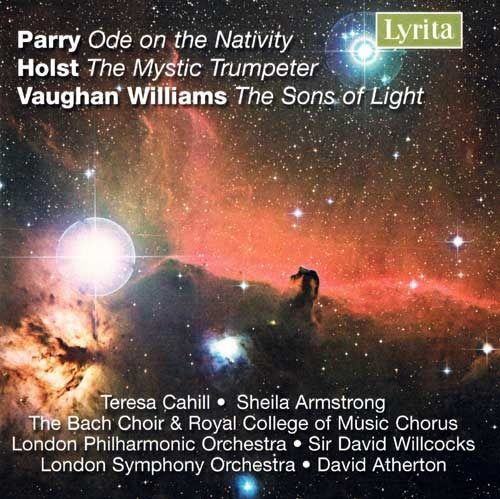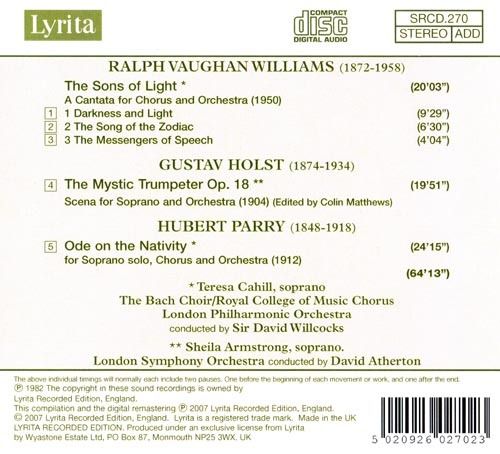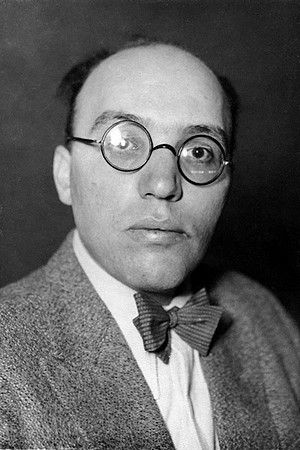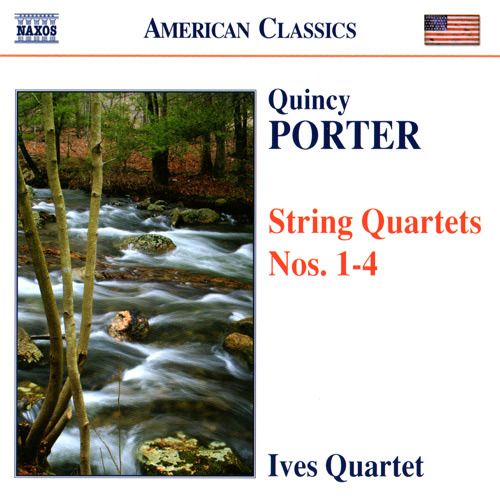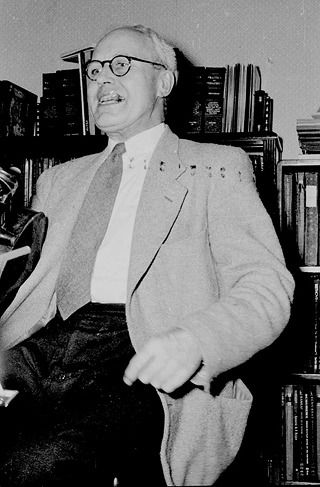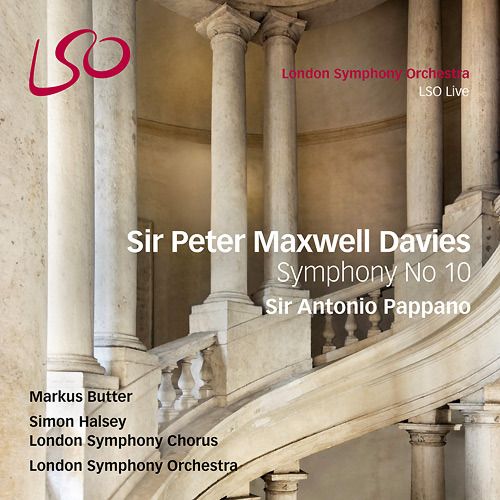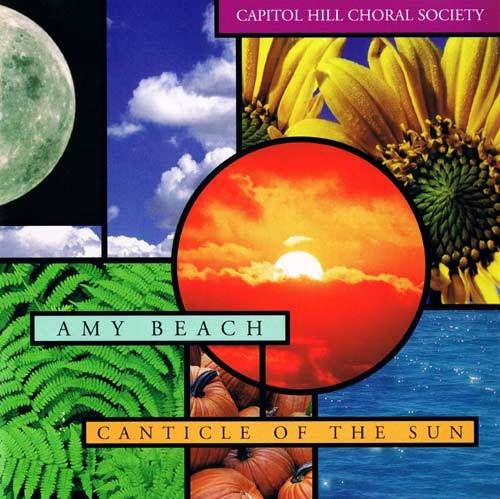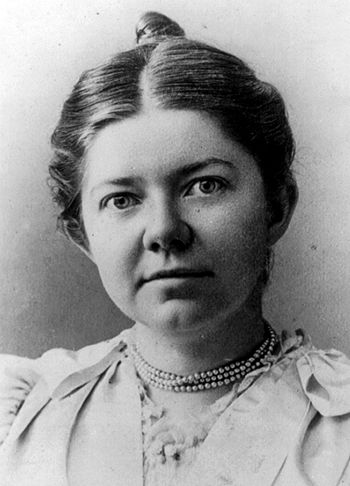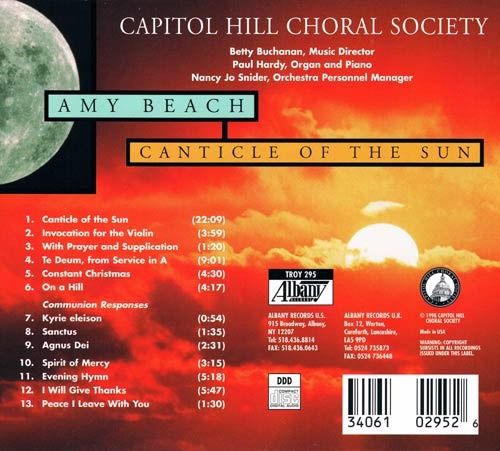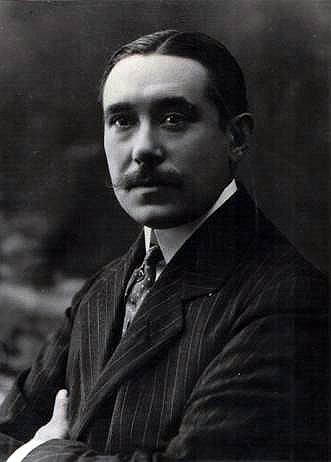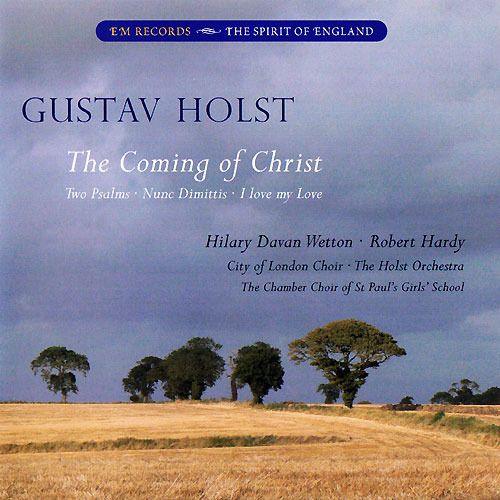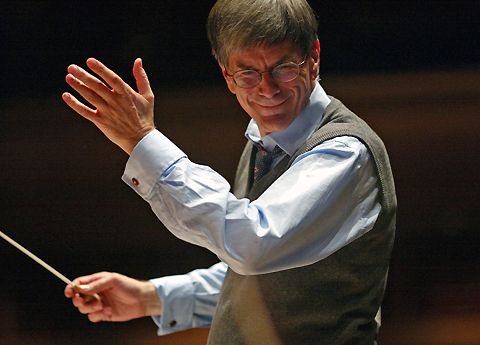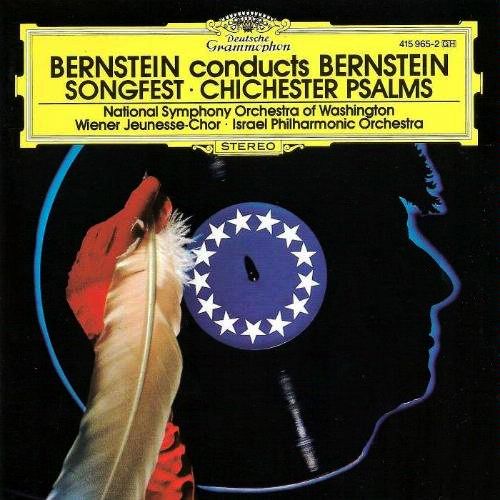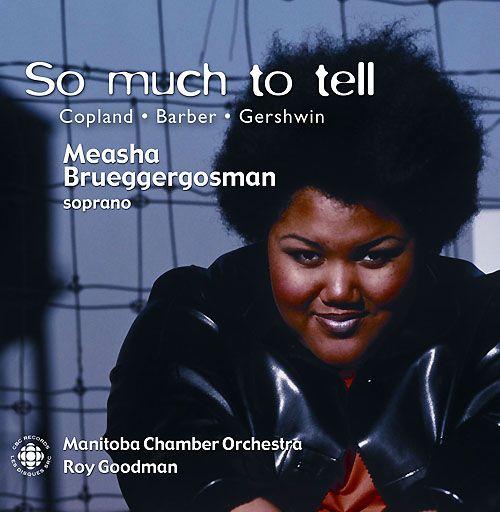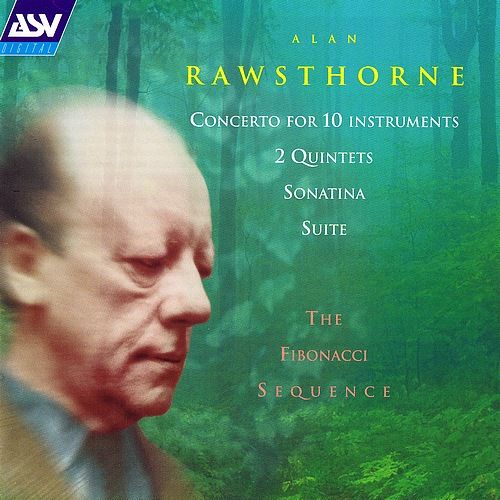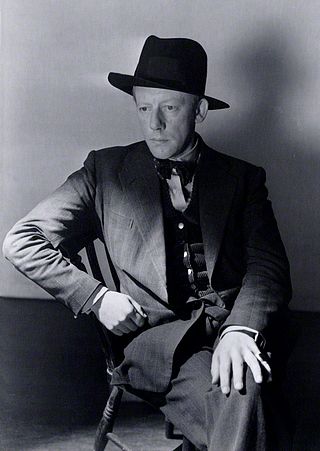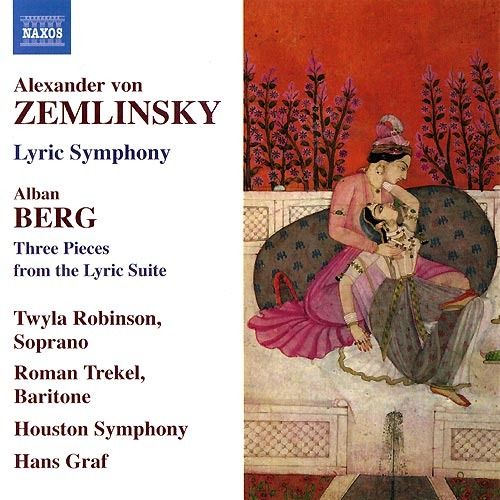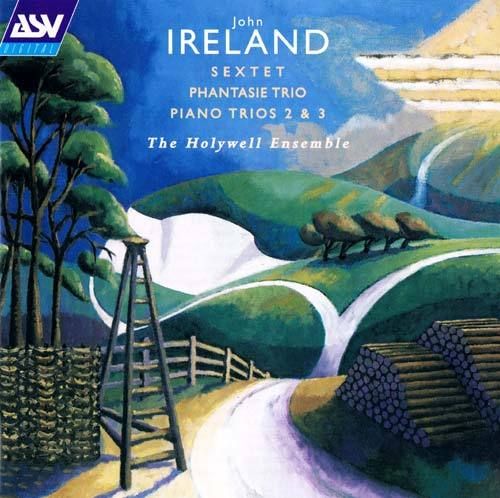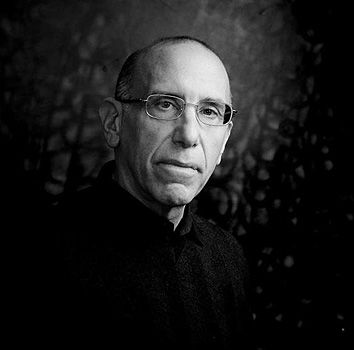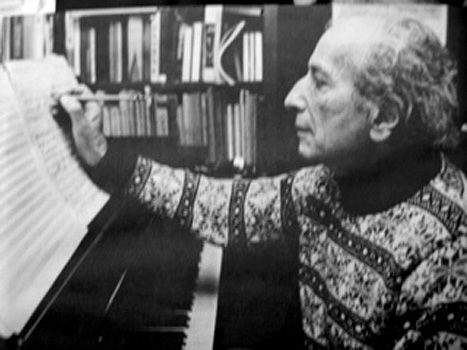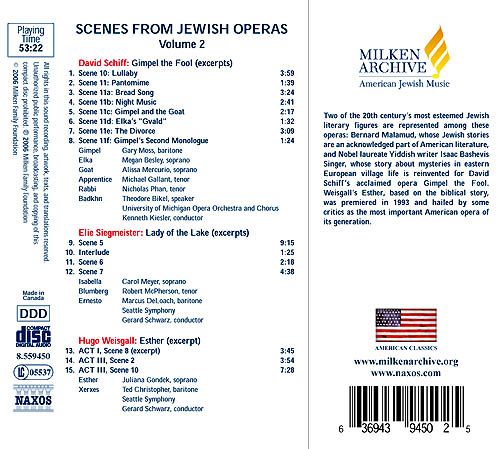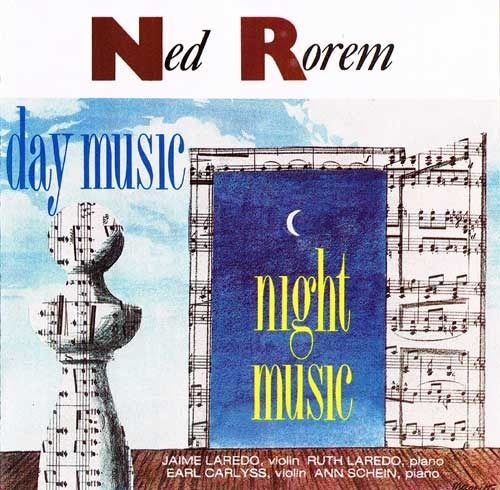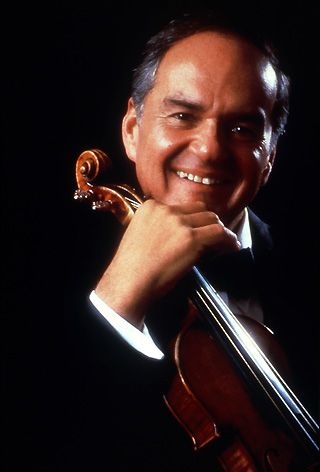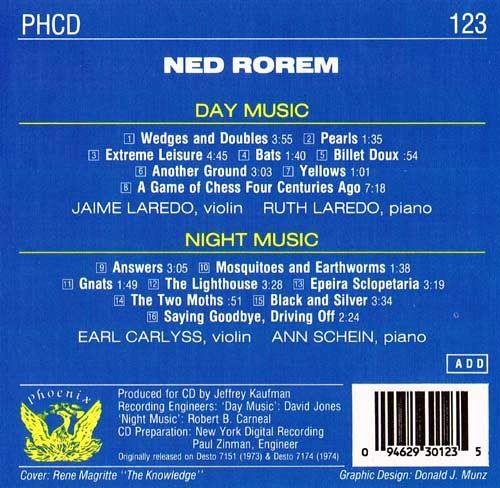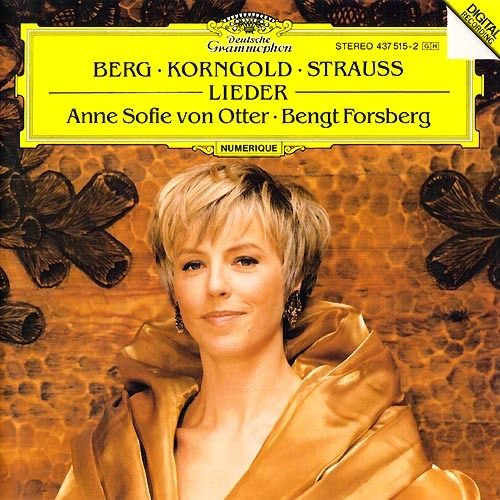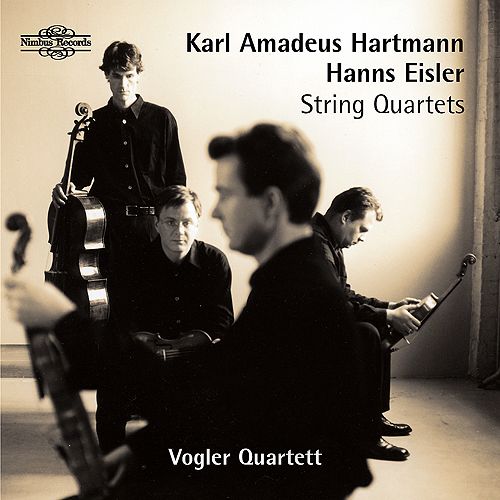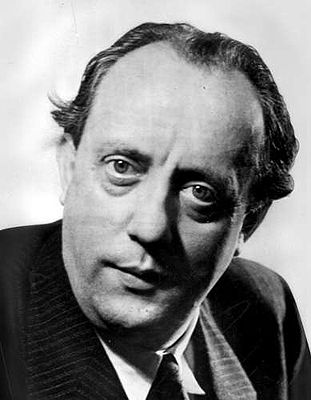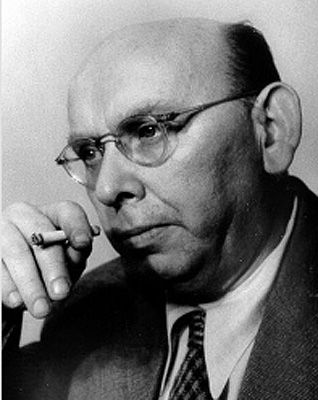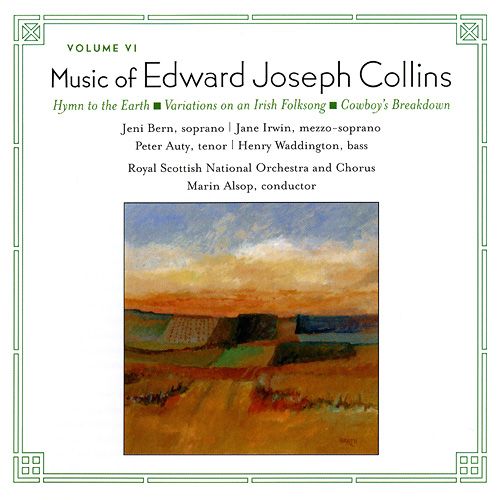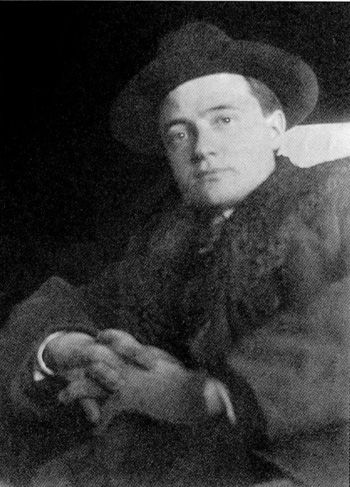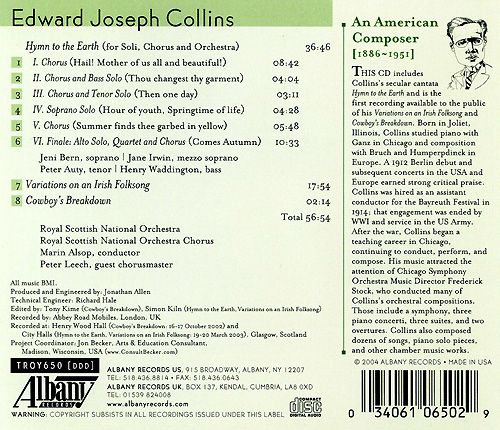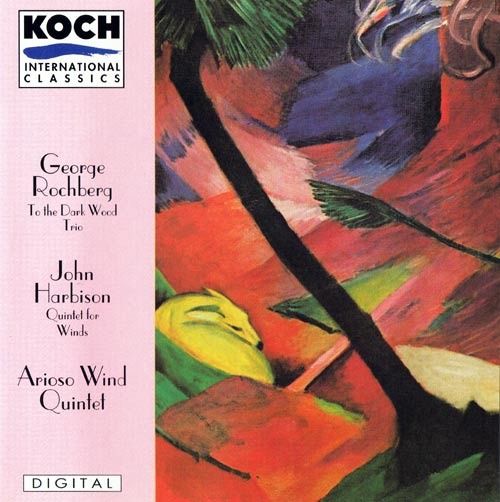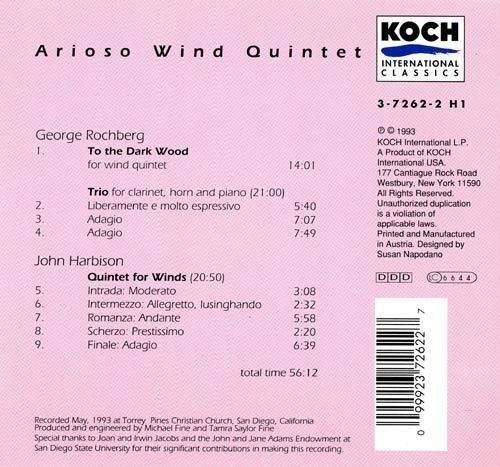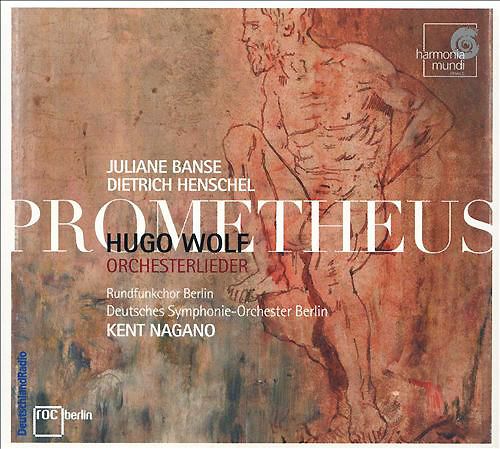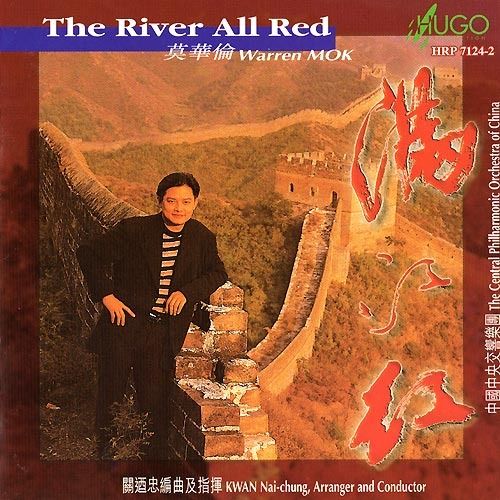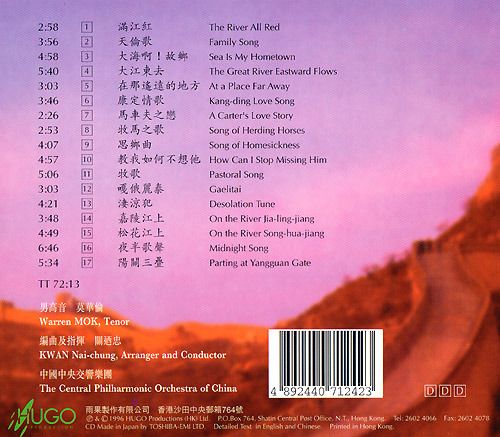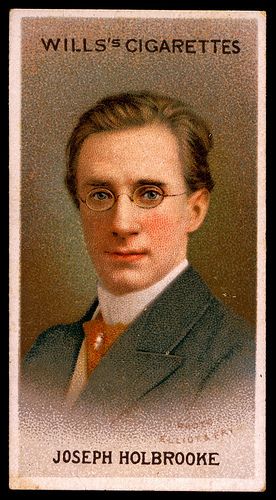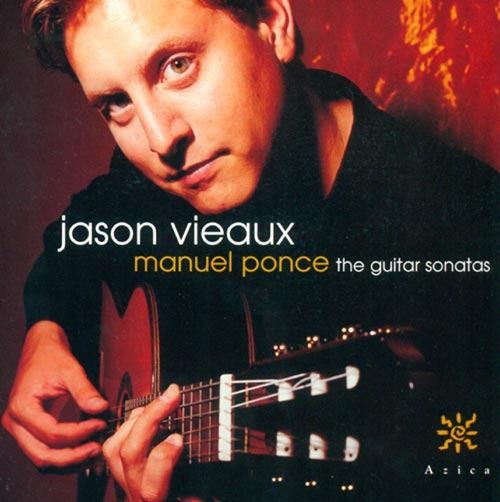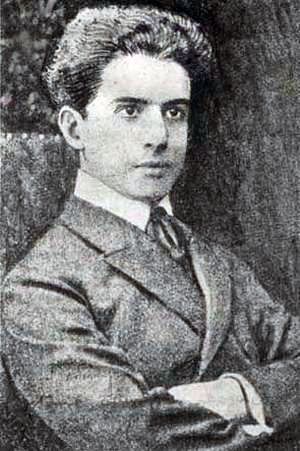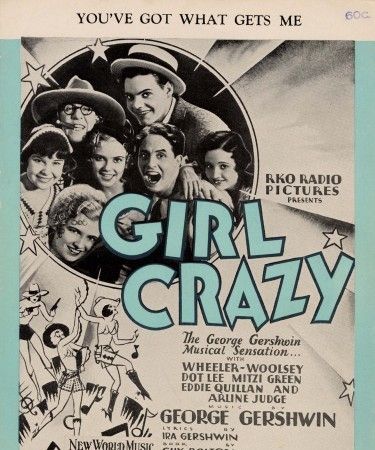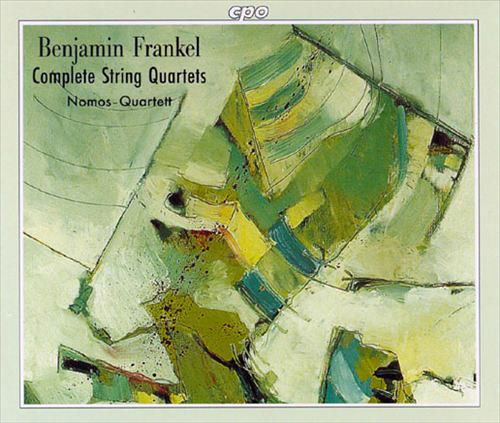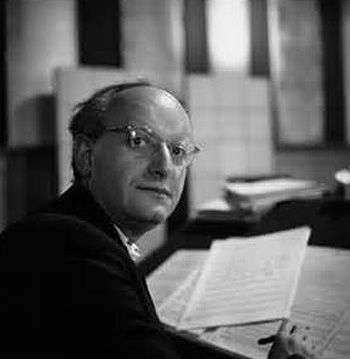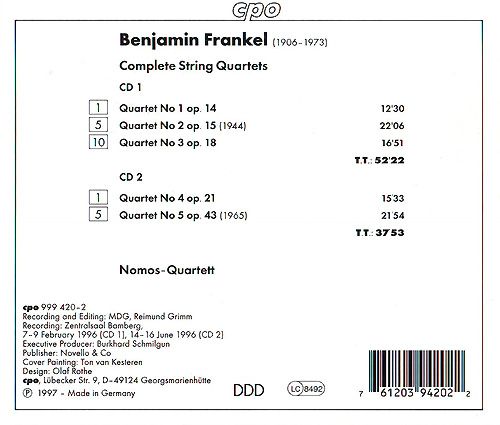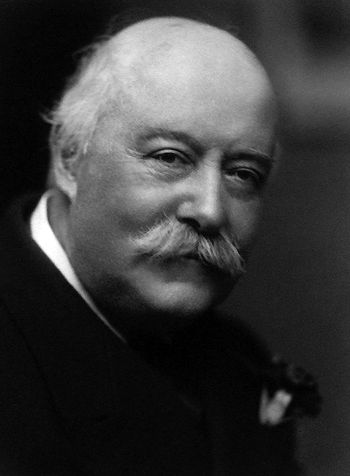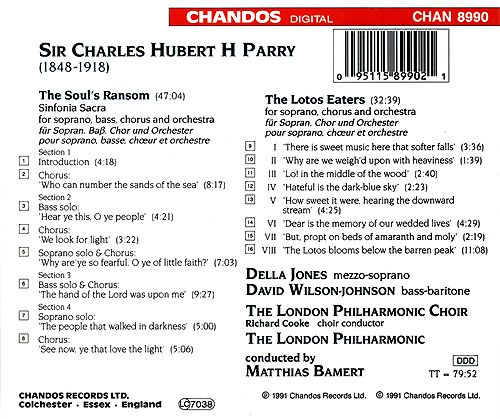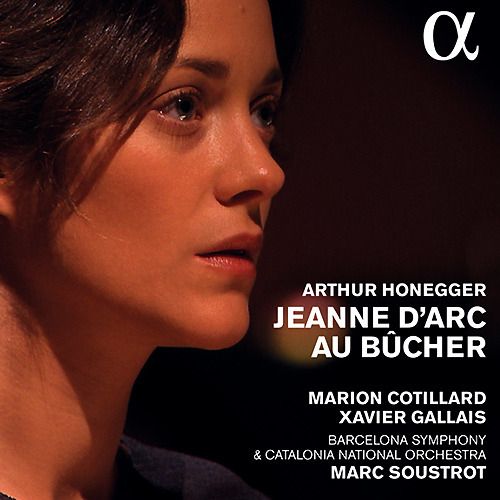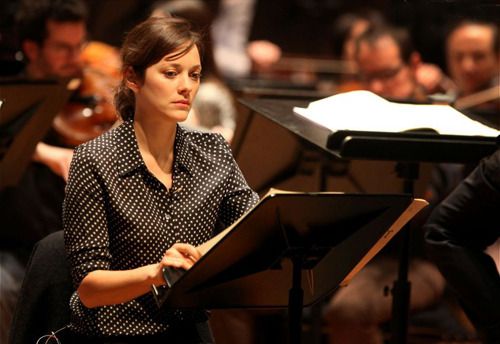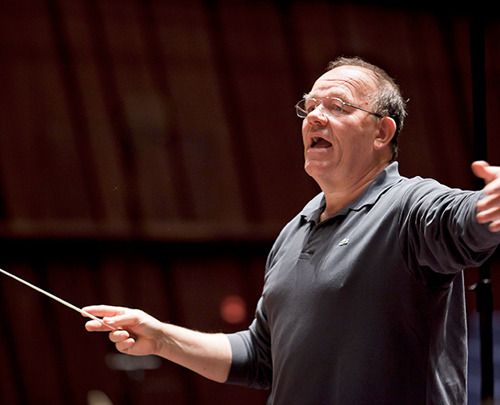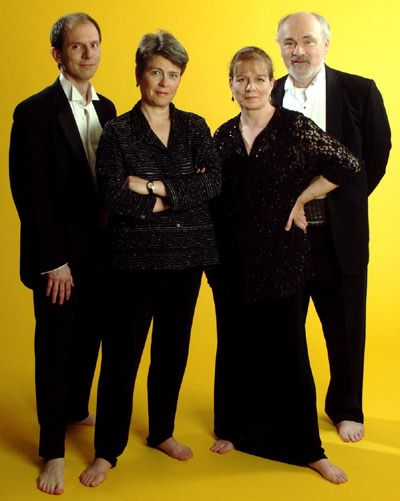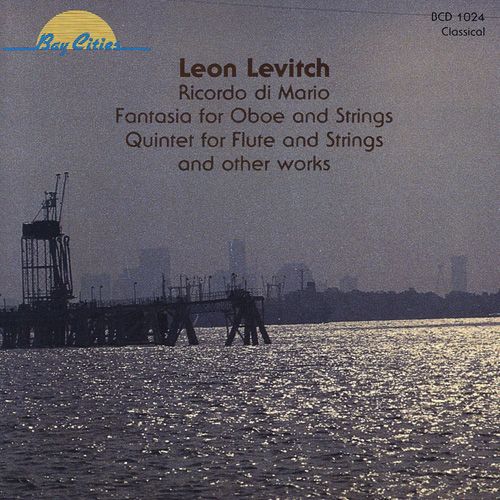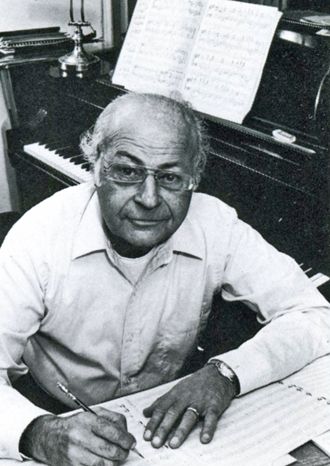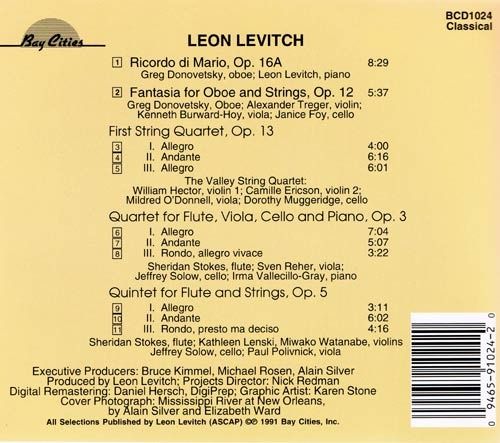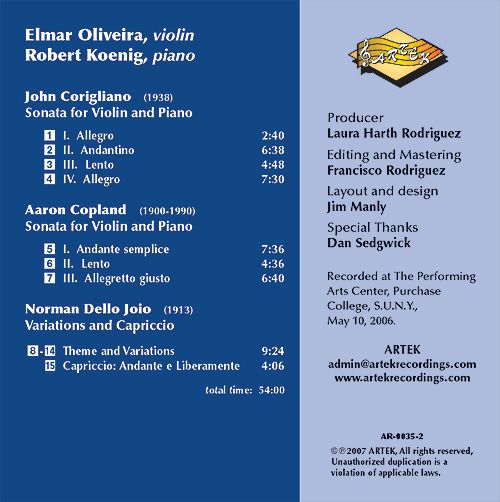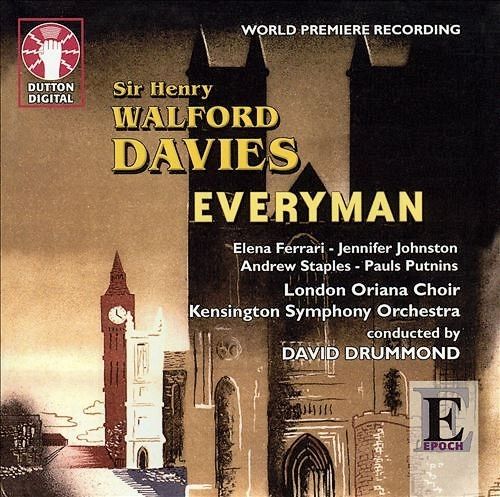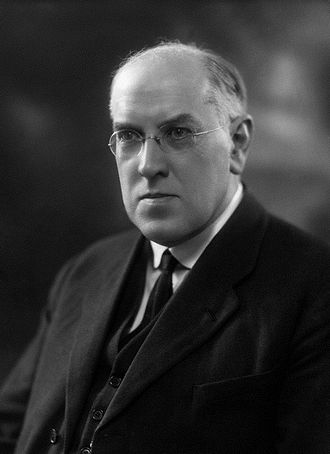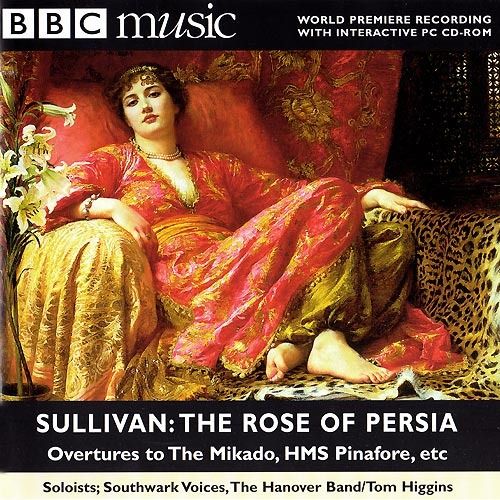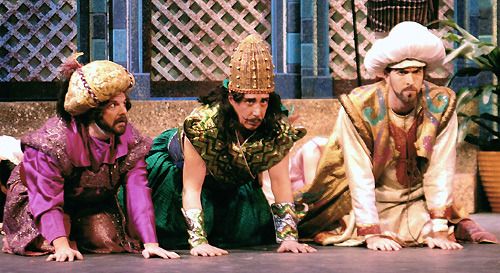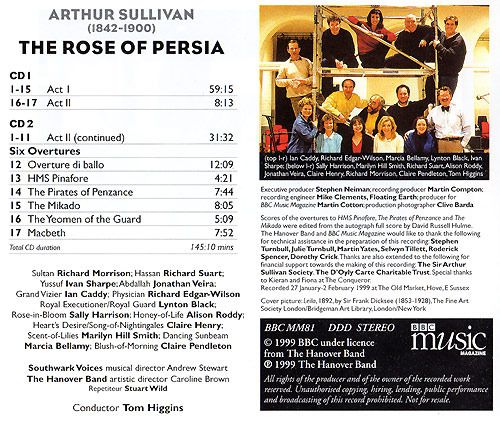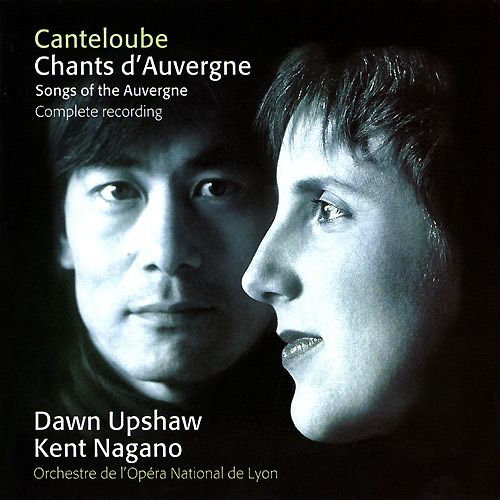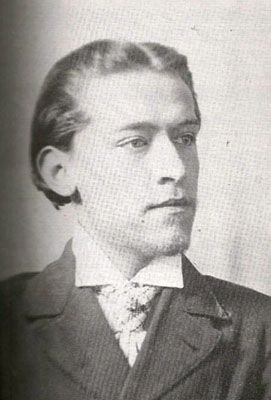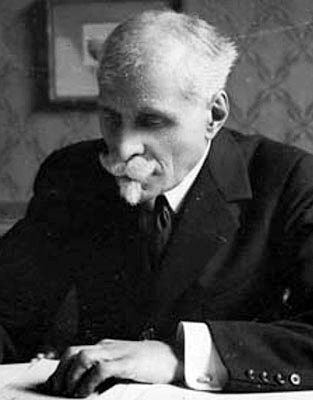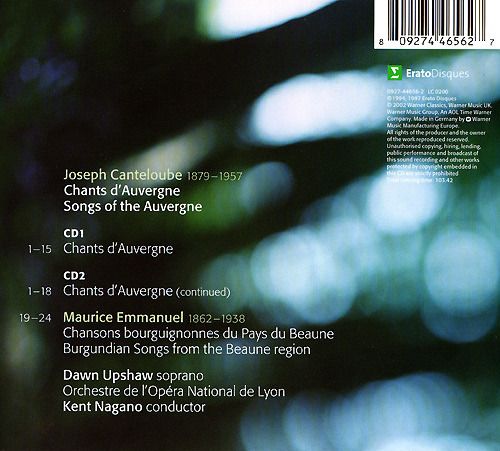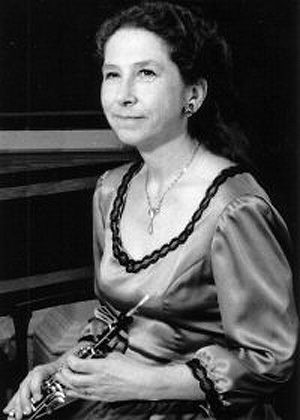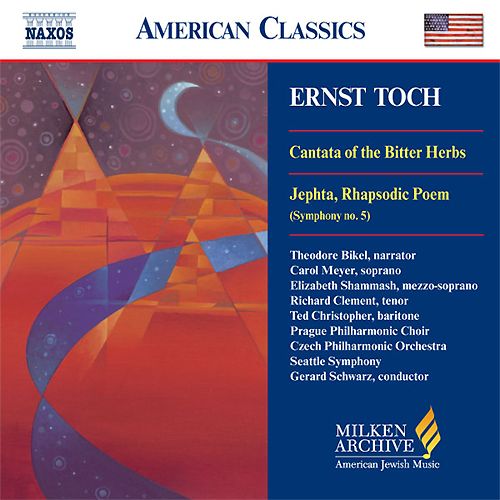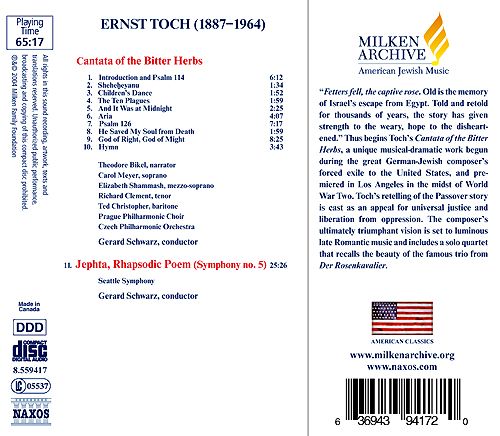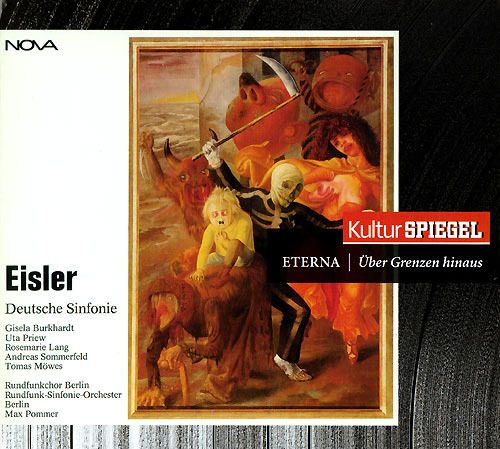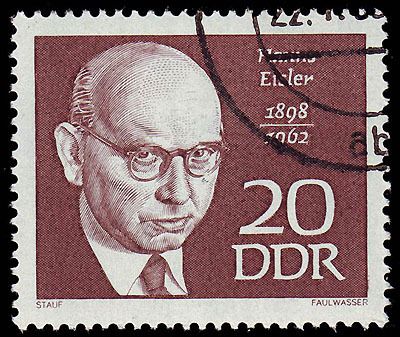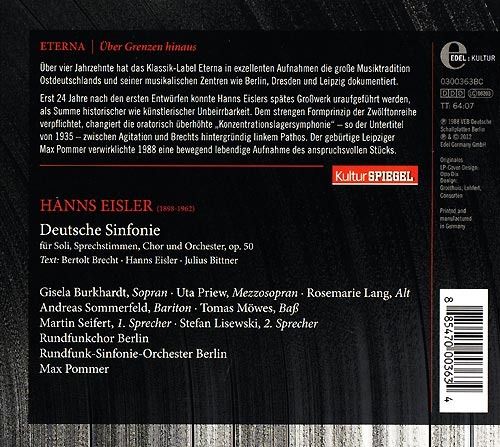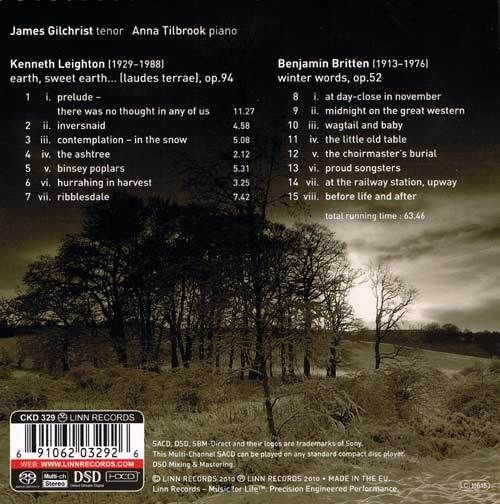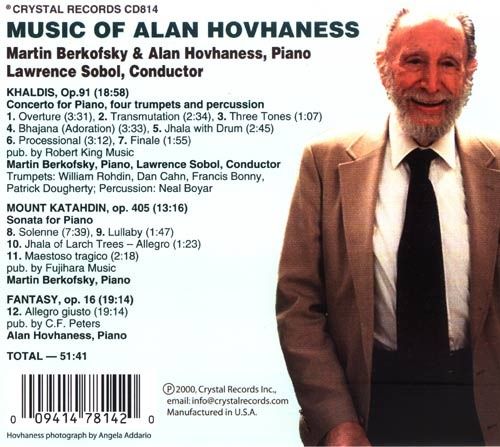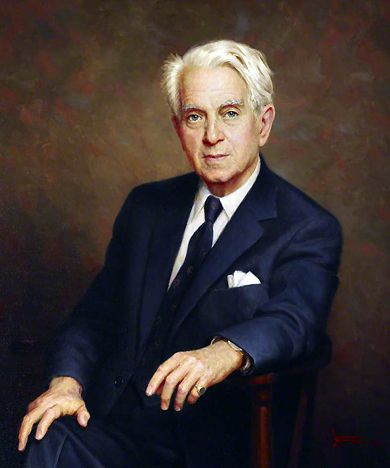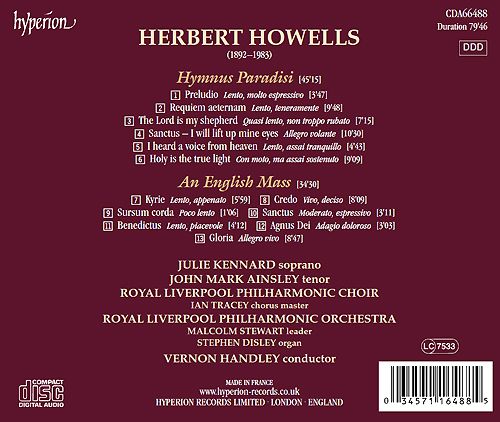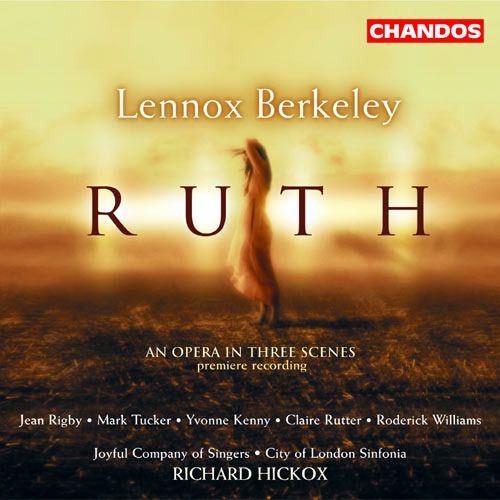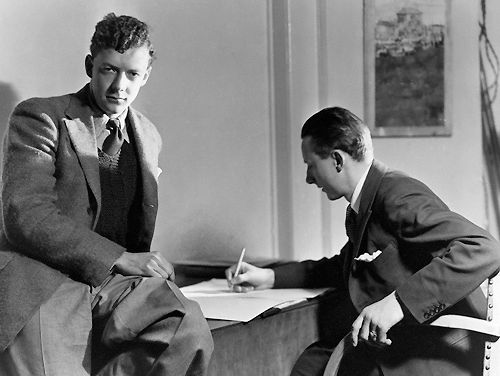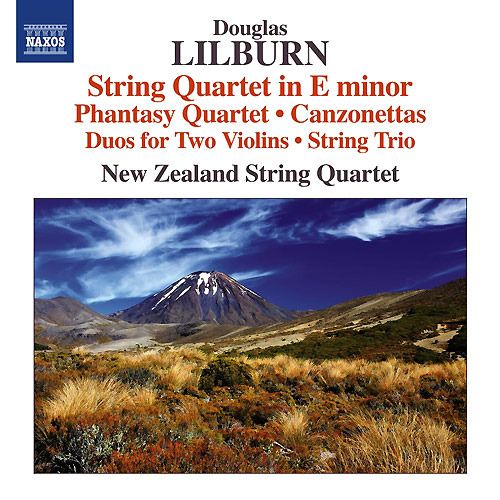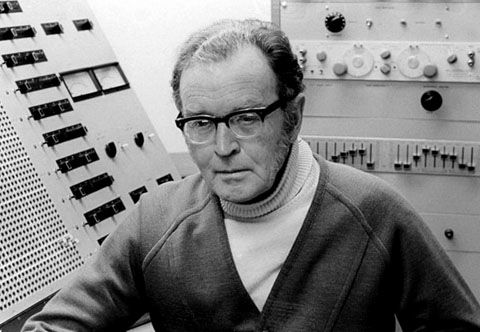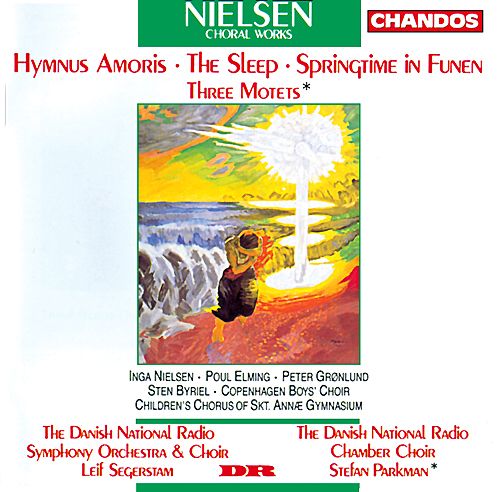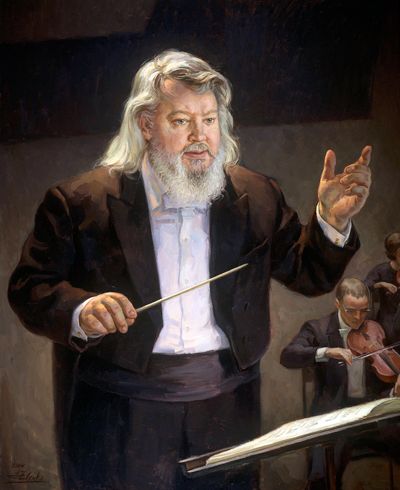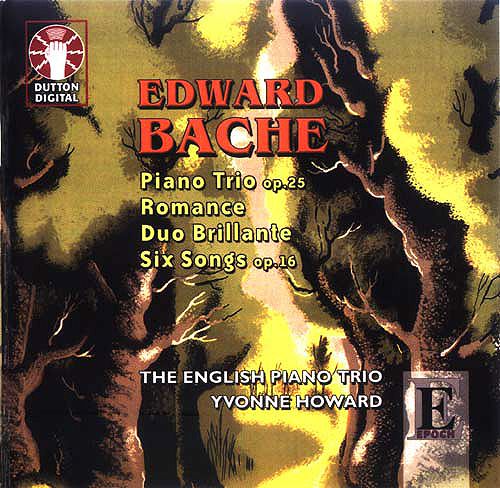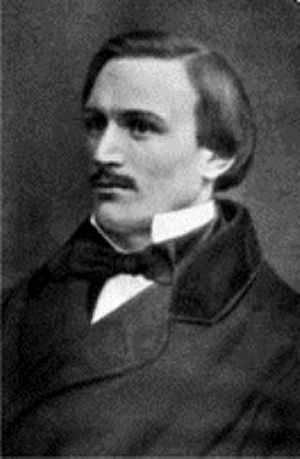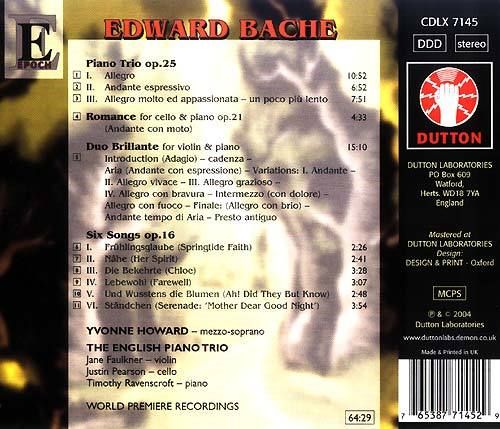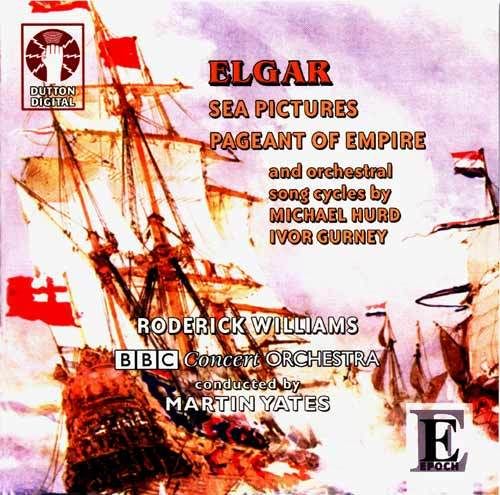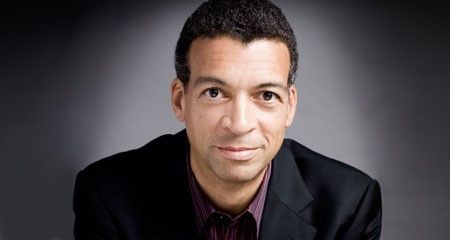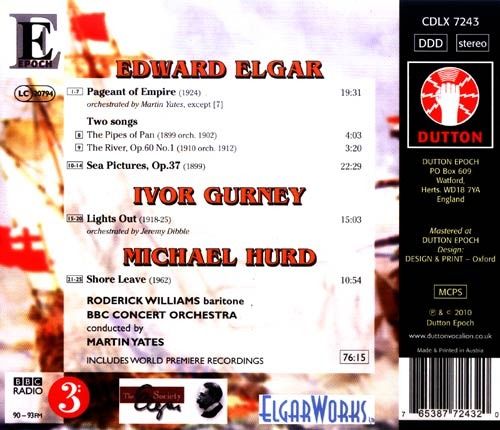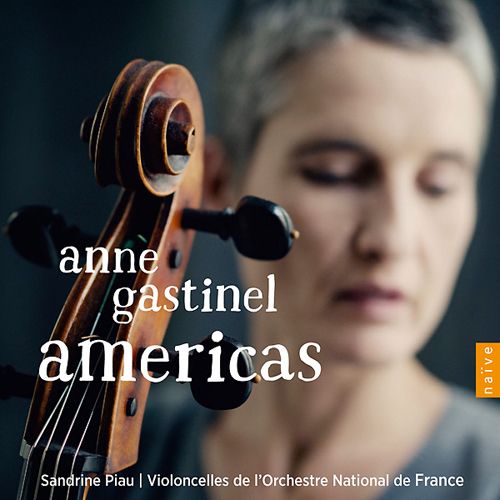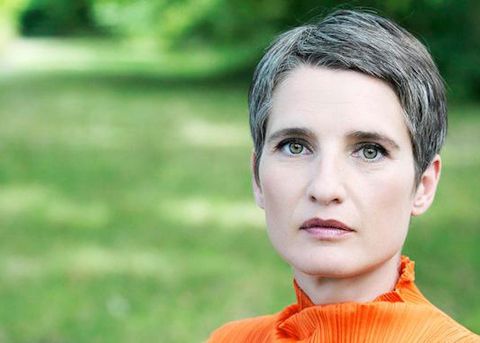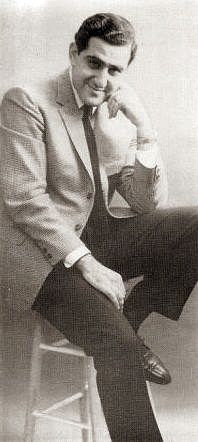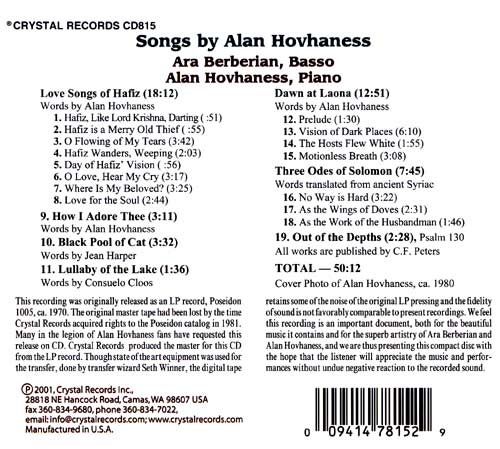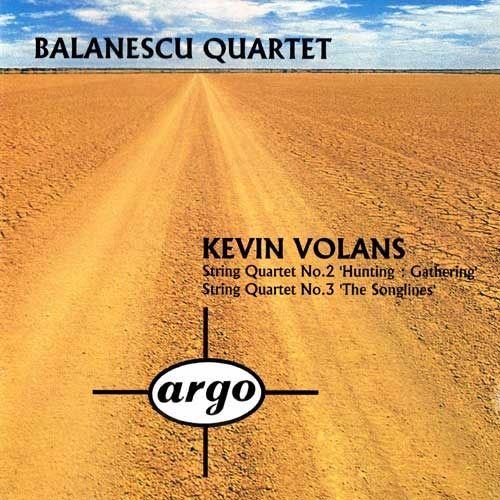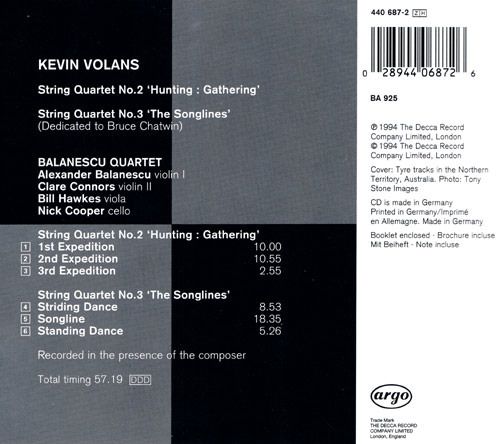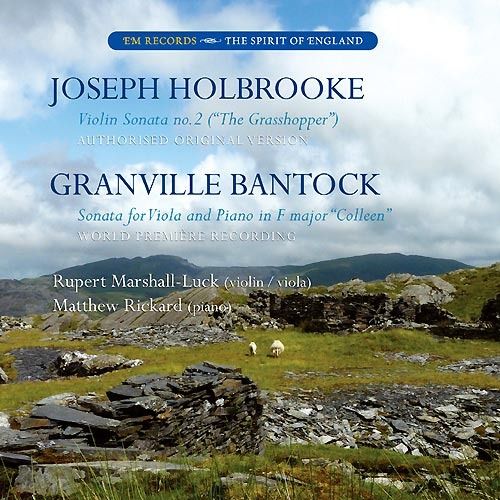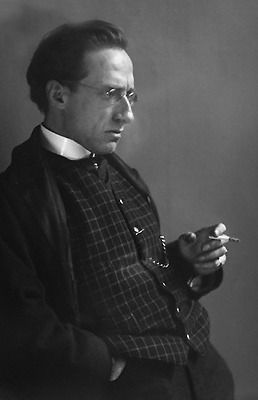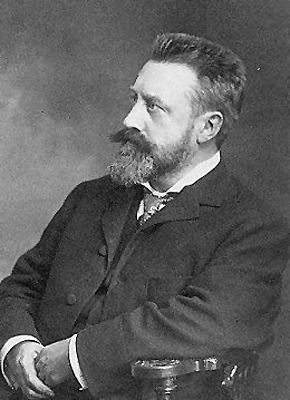wimpel69
01-18-2015, 04:29 PM
Vocal and chamber music are far less popular than orchestral music these days, which is kind of ironic,
since art song recitals ("Liederabende") used to be the most(!) popular form of concert a century ago.
Since I wrote longer introductions to my other "collection threads", on film-music-like classical music
and concertante works, respectively, I will keep this one brief. As far as chamber music goes, I am going
to adhere to the definition given in Wikipedia:
"Chamber music is a form of classical music that is composed for a small group of instruments—
traditionally a group that could fit in a palace chamber. Most broadly, it includes any art music that
is performed by a small number of performers, with one performer to a part. However, by definition
it usually does not include solo instrument performances.
Because of its intimate nature, chamber music has been described as "the music of friends." For more
than 200 years, chamber music was played primarily by amateur musicians in their homes, and even
today, when most chamber music performance has migrated from the home to the concert hall,
many musicians, amateur and professional, still play chamber music for their own pleasure. Playing
chamber music requires special skills, both musical and social, that differ from the skills required
for playing solo or symphonic works.
Johann Wolfgang von Goethe described chamber music (specifically, string quartet music) as "four
rational people conversing." This conversational paradigm has been a thread woven through
the history of chamber music composition from the end of the 18th century to the present. The
analogy to conversation recurs in descriptions and analyses of chamber music compositions."
"Vocal music", of course, allows for a far wider range, from songs and song cycles (usually with
solo piano accompaniment, less frequently with flute or harp, sometimes with orchestra) and
cantatas to fully-fledged operas. Operas will not be featured here, only songs/song cycles
and the occasional cantata. Musicals, too, maybe. Though I must say that I'm not a huge fan
nor collector of religious choral works. There are a lot of song cycles, in particular, that I'll openly
admit I love.
I fully expect this thread to be far less popular than the other two, since, as stated above,
these genres have gone out of fashion. Women's voices, especially, tend to be found "taxing", or
even shrill, by the occasional classical music listener. Still, I hope you'll find many beauties here, too.
There will be fewer updates, accordingly, and if I get the impression that you're not interested
in this kind of classical music, I'll probably just stop posting.
To reduce the number of requests that I have to reply to, this thread will be strictly mp3(320 CBR) only.
No.1
Although never attaining the pinnacle reached by other contributors to the Great American
Popular Songbook, Jerome Moross was a prolific donor to many musical genres.
He wrote for films, the musical stage, the ballet, and classical music. With regard to the latter,
Sir Thomas Beecham premiered his "Symphony No. 1" with the Seattle Symphony in 1943.
His The Golden Apple won the 1954 Drama Critics Award. Moross' favorite lyricist/ collaborator
was John Latouche, with whom he wrote probably his most popular song, at least in terms of the
number of times it's been recorded and the variety of performers who have recorded it, "Lazy
Afternoon," from Mabel Mercer to Art Pepper. Working with Moross' daughter, producer Tommy
Krasker gathered together some of New York's better musical stage and revue performers first
for a tribute to Moross, which was performed in 2000 in New York, and then for this CD of songs
from some of his more important works. While perhaps not many of these tunes come quickly
to the minds and lips of the American public, he certainly had a versatile way with his composing
pen. There's a lilting saloon song, "Beer and Flowers," the dramatic, lovely "Stay With Me," and
a jazzy "That Extra Bit," the latter sassily performed by Jessica Molaskey. The entire agenda
of 19 songs is sung with enthusiasm and dedication. This is an entertaining set.

Music Composed by Jerome Moross
Performed by Alice Ripley, Richard Muenz, Jessica Molaskey
Amd Philip Chaffin & Jenny Giering
Eric Stern (piano & music director)
"The Golden Apple is a musical adaptation of both the Iliad and Odyssey of Homer,
with music by Jerome Moross and lyrics by John Treville Latouche. The show was one of
the first musicals produced at the Off-Broadway Phoenix Theatre (in March 1954) and
moved up to Broadway on April 20, 1954 at the Alvin Theater where the cerebral and
through-sung musical played for only 125 performances despite rave reviews. The
original production starred Kaye Ballard as Helen, and Stephen Douglass as Ulysses.
The production won the Best Musical award from the New York Drama Critics Circle,
and the lyrics are much praised.
The musical is entirely through-composed and exhibits features similar to more
operatic musicals like Porgy and Bess, Candide, and The Most Happy Fella. Jerome
Moross was a classical composer of concert music, ballets, as well as a highly
appreciated film score. The musical has developed a cult following, even though
the full score has never been commercially recorded and the show has never been
revived on Broadway. The play is remembered in part for introducing the standard
"Lazy Afternoon" sung by Ballard, portraying a character based on Helen of Troy,
and the fantastical, suggestive settings by William and Jean Eckart.
The piece continues to receive occasional productions. For example, a 1990
production in New York featured Muriel Costa-Greenspon. The work was produced
in 1995 by Light Opera Works in Chicago, Illinois and in 2006 by the 42nd
Street Moon Company in San Francisco, California. The Shaw Festival has also
produced it. The complete piano-vocal score was published for the first time in
2009, by Alfred Music Publishing."

Source: PS Classics CD (my rip!)
Format: mp3, 320k/s (CBR) - Encoder: Lame 3.99
File Size: 104 MB
Download Link (re-up) - https://mega.nz/#!YiZAGLwT!u1ICFN6PhV3l5nQbyDP7N0mRRBTAVaCxBTtfI-e1HJ0
/>
Enjoy! Don't share! Buy the original! And please click on "Like" if you downloaded this album! :)
---------- Post added at 03:10 PM ---------- Previous post was at 02:53 PM ----------
No.2
A beautiful collection of songs by Ralph Vaughan Williams, including the
well-known Four Last Songs, Linden Lea & The Sky Above the Roof,
but also the less often recorded, though lovely, cycle Along the Field.

Music Composed by Ralph Vaughan Williams
Performed by Ruth Golden (soprano) & Levering Rothfuss (piano)
And Thomas Woodman (baritone) & Nancy Bean (violin)
"Heartfelt gratitude is due, in the first place, for Along the Field. A recording was made
by Nancy Evans and Leonard Hirsch, who first performed the revised version in 1954, but
as far as I know it has remained unissued. This is the set of eight songs for voice and violin
to poems by Housman, written originally in 1927. It has never been popular, partly because
of the unusual combination, one which Vaughan Williams was probably drawn to by the
example of Hoist, and partly, I imagine, because the effect of that combination, together
with the ironic melancholy of the poems, produces a strange, hollow sensation in the
inward-parts where reside those feelings of a deeper-than-personal Angst. They are
nevertheless fine songs, not obviously melodic yet strong enough to come back in
memory after long years unheard.
The programme deserves its welcome in other respects too. It offers some uncommon
not-quitejuvenilia (VW was 24 when he wrote Claribel, the earliest of them if the dating
of 1896, given here, is correct), the settings of poems by Fredegond Shove and the
deeply moving Four Last Songs to poems by his wife Ursula. Unfamiliar to me are the
two old airs, German folk-song arrangements for piano and two voices, the second part
being well sung by the baritone Thomas Woodman."

Source: Koch International CD (my rip!)
Format: mp3, 320k/s (CBR) - Encoder: Lame 3.99
File Size: 170 MB
Download Link (re-up) - https://mega.nz/#!EiZklKpB!SqeU8fKYSCJHWQXYlxe7XjMwIdsbFzwlnJ6WHbmiu3I
Enjoy! Don't share! Buy the original! And please click on "Like" if you downloaded this album! :)
---------- Post added at 03:34 PM ---------- Previous post was at 03:10 PM ----------
No.3
Alberto Ginastera waited until he was in his thirties and well established as a composer before
writing his String Quartet No.1. He was near the end of his initial stylistic period, which was
strongly based on the music of his native Argentina, and would soon move to a more "international"
style. The opening movement begins with an introduction, violent and declamatory in effect; the
allegro begins with a vehement, almost savage melody played over hammered chords. The second
subject is dance-like, but it is a rough, stamping dance; its development remains agitated, and the
recapitulation is in reverse order, leading to a coda restating the opening declamatory statement.
Movement two is a spectral scherzo, with rapid repeated-note figures, unusual bowing effects, and
nervous rhythms. The third movement, a nocturne, finally breaks the aggressive mood with a
lyrical melody for violin; this entire movement is based on the composer's characteristic "guitar"
chord -- the tones of the six open strings of the instrument played simultaniously. The finale is
a rondo in the flavor of Argentine rural dances, featuring contrasting episodes in 5/8 time.
String Quartet No.2 was commissioned by the Elizabeth Sprague Coolidge Foundation and
was premiered by the Juilliard Quartet at the 1958 Inter-American Music Festival in Washington,
D.C. It was written at a time when Ginastera was consolidating his second stylistic period, known
as his "international" style, when he used the twelve-tone system. Here, he used it in a free
manner, mainly to generate themes. Ginastera admired Bart�k's string quartets, particularly the
fourth and fifth, which were written in five-movement "arch form." He followed a similar structural
procedure for this quartet. As the movements are all designated by tempo markings indicating
their moods, listing them, as above, helps describe the emotional life of the quartet.
The first movement begins with angry and strident music, full of repeated notes, sforzato chords,
and harsh harmonies. The second movement (which itself is written in a small arch form)
expresses its anguish in a solo viola phrase and rises to a fever pitch marked to be played
"as loudly as possible." The "magic" third movement is mostly very quiet, almost on the edge
of audibility. Like the corresponding movements by Bart�k, it is full of unusual playing techniques,
including fingernail pizzicatos, pizzicato glissandos, the eerie hollow sound of playing with the
bow practically on the bridge, and tapping the strings with the wooden back of the bow.
The complementary curve of the arch continues the musical line of the second movement,
now in a melancholy mood in a set of free variations. The finale is again angry, with loud,
frantic music.

Music Composed by Alberto Ginastera
Played by the Henschel String Quartet
"The Henschel Quartet is a German String Quartet comprising the Henschel siblings;
Christoph and Markus (Violinists) and Monika (Violist) and, the cellist, Mathias Beyer,
who joined them in 1994. Christoph, Markus and Monika Henschel studied under
Felix Andrievsky, a graduate of the Moscow Violin School of playing (Yampolsky and
Yankelevich) and gained distinction in their diplomas from the Royal College of Music,
in London.
Mathias Beyer studied under the Swedish cellist Thorleif Thedeen and gained a
distinction in 1996, at the end of his studies at the Royal Danish Academy of
Music in Copenhagen.
An intensive musical experience was gained through their contact with Sergiu
Celibidache and with Prof. Franz Beyer from the Musikhochschule in Munich.
The London Master Classes and classes at the Musikhochschule in Cologne,
Germany with the Amadeus quartet had a determining influence on the musical
development and direction of the ensemble. Similarly, regular courses with
members of the La Salle quartet and Alban Berg Quartet had a profound influence
on the Henschel Quartet.
The Henschel Quartet were quartet in residence at both the Aldeburgh Festival
(1994) and at the Tanglewood Music Festival (1995/1996). At the latter, they were
coached by the legendary musicians Louis Krasner and Eugene Lehner, who
had themselves worked with composers such as B�la Bart�k and Arnold Schoenberg,
and , who gave the quartet unique insights into the works of the Second Viennese chool.
The Henschel Quartet’s repertoire encompasses more than 200 works from the
classical and romantic to 20th century and contemporary music."

Source: Arte Nova CD (my rip!)
Format: mp3, 320k/s (CBR) - Encoder: Lame 3.99
File Size: 104 MB
Download Link (re-up) - https://mega.nz/#!UrRWTQTA!s1NHna6kUHNPMkH0xEm3wBZnC27xKYO6MFBDTUKVLOE
Enjoy! Don't share! Buy the original! And please click on "Like" if you downloaded this album! :)
---------- Post added at 04:05 PM ---------- Previous post was at 03:34 PM ----------
No.4
Hanns Eisler's publisher has been receiving more and more requests for Eisler's arrangement of
Bruckner's Seventh Symphony for chamber orchestra or ensemble – even though Eisler himself
arranged only movements 1 and 3. He collaborated with Erwin Stein and Karl Rankl on this
pasticcio. It was to have been given its first performance in late 1921 in Schoenberg's famous "Verein
f�r musikalische Privatauff�hrungen," (Society for Private Musical Performances) but was ultimately
premiered only in 1994, posthumously. At the latest since the first CD production 2000, the strikingly
original arrangement of the great symphonic work has become a much-appreciated tip for music lovers.
Bruckner's compositional artistry emerges with compelling clarity in the reduced version, and with the
new source-critical edition by Alan Leighton, ensembles will now be able to base themselves on a
reliable and competently edited music text.

Music Composed by Anton Bruckner
Arranged by Hanns Eisler, Erwin Stein & Karl Rankl
Performed by the Linos Ensemble
"The idea of arranging Bruckner's mighty and majestic Symphony No. 7 for a chamber
ensemble of nine players seems quixotic at best and perverse at worst. But when it is taken
into consideration that the arrangement was made for Schoenberg's Society for the Private
Performance of Music by three Schoenberg prot�g�s in close association with their master,
the idea begins to seem more reasonable. And this splendid performance by the Linos-
Ensemble proves that the idea seems not only reasonable, but inevitable and even quite
natural. That's because this performance by the Linos-Ensemble is beautifully played,
wonderfully recorded, and wholly compelling. The performance actually makes a case
for Bruckner's Seventh as a piece for chamber ensemble because it makes a case for
the piece. The lyrical rapture, the harmonic ecstasy, and the spiritual bliss of the
greatest performances of the Seventh by an orchestra are present here in a great
performance of the Seventh by a nonet. While it may seem unlikely how a harmonium
and piano could take the place of a full brass section, in this devoted and devotional
performance it at least sounds wholly appropriate and quite transcendent."
All Music

Source: Capriccio Records CD (my rip!)
Format: mp3, 320k/s (CBR) - Encoder: Lame 3.99
File Size: 151 MB
Download Link (re-up) - https://mega.nz/#!tnYyiRbZ!acxEsgOKVxd8wB47RZsxqh0aDepGA7GfJ6CAyZ9OcVo
Enjoy! Don't share! Buy the original! And please click on "Like" if you downloaded this album! :)
---------- Post added at 04:29 PM ---------- Previous post was at 04:05 PM ----------
No.5
Gordon Getty's (*1934) surname might lead you into the trap of regarding him as a mere 'Sunday composer'
who has used his family's wealth to publicize the fruits of his hobby.But Getty has a musical voice of his own,
a restricted but very striking one that deserves to be heard. The White Election is a recurring image in the
work of Emily Dickinson, and it exemplifies the difficulty of setting her verses. On the face of it it 'means' her
voluntary renunciation of the world and her dedication to the quietude of poetry, but white is the colour of marriage
(Dickinson wore white throughout her life), thus of the wedding that was denied to her (the "dim companion"
who married another or did not marry at all has been variously identified). But white is also the colour of funerals
and of angels' robes, therefore of a looked-for "mystic marriage" in Heaven, perhaps; and the. colour of
christenings, of rebirth and redemption. Her poetry abounds in such combinations of extreme simplicity and
multi-layered complexity, and Getty's solution to the problem of conveying the former without denying
the latter is an attractive one.
You might call him a 'melodic minimalist'. There are no chugging repetitions of the kind familiar from Glass
and Reich, rather the use of the barest resources possible (a simple melody, a single-line accompaniment,
a punctuating gesture or two) formed from the plainest intervals. Getty is very fond of the common chord,
of the wholetone scale, of octaves and, especially, of fifths. The point, I think, is that Dickinson's simplicity
of utterance is paralleled by this restriction of means; her rich and often troubling ambiguities and
resonances by the associations that such bare material can summon up. Hints of folk-song, of hymns, of a
musical-box waltz or of an old march tune are by no means inappropriate to the sort of imagery that
Dickinson uses; nor are echoes of Schubert's domestic music or of Czerny's studies. There are shocking
depths beneath the surface of her words, as well, and perhaps Getty's use of tritones to evoke these will
be wholly successful only to ears as habituated to bare fifths as his are; but you might also argue that
this imaginative adjustment is no greater than that necessary when reading Emily Dickinson.

Music Composed by Gordon Getty
Performed by Kaaren Erickson (soprano) & Armen Guzelminian (piano)
"It is a very risky thing to do, mark you, to compose a cycle of this length (32 songs, lasting
an hour and a quarter) from such self-denying resources. The cynical ear might even be reminded
by those recurrently circling fifths of the pianotuner's quarterly visit. I doubt myself whether I
shall often want to listen to the cycle in its entirety, and there is no doubt that Getty's language
is sometimes dwarfed by his poet's daring and extraordinary imagery. But often enough the
result is touching, often enough he catches Dickinson's bright stillness and her vulnerability
with beautiful precision. His is a real talent, undoubtedly, and I should be curious to hear what
he might make of a poet whose demands on the composer are quite different.
He could not have been better served by his performers. Kaaren Erickson is a pure-voiced
and expressive soprano with admirable diction and a sympathetic sensitivity to text and line.
Not so much is demanded of the pianist, but he too sounds convinced by the music and
plays responsively."
Gramophone

Source: Delos Records CD (my rip!)
Format: mp3, 320k/s (CBR) - Encoder: Lame 3.99
File Size: 167 MB
Download Link (re-up) - https://mega.nz/#!gmYC1IJZ!POQV1RMCIwnAzVKsk7uxEE5Oo-eVA0aZnVAUxO-Btd8
/>
Enjoy! Don't share! Buy the original! And please click on "Like" if you downloaded this album! :)
since art song recitals ("Liederabende") used to be the most(!) popular form of concert a century ago.
Since I wrote longer introductions to my other "collection threads", on film-music-like classical music
and concertante works, respectively, I will keep this one brief. As far as chamber music goes, I am going
to adhere to the definition given in Wikipedia:
"Chamber music is a form of classical music that is composed for a small group of instruments—
traditionally a group that could fit in a palace chamber. Most broadly, it includes any art music that
is performed by a small number of performers, with one performer to a part. However, by definition
it usually does not include solo instrument performances.
Because of its intimate nature, chamber music has been described as "the music of friends." For more
than 200 years, chamber music was played primarily by amateur musicians in their homes, and even
today, when most chamber music performance has migrated from the home to the concert hall,
many musicians, amateur and professional, still play chamber music for their own pleasure. Playing
chamber music requires special skills, both musical and social, that differ from the skills required
for playing solo or symphonic works.
Johann Wolfgang von Goethe described chamber music (specifically, string quartet music) as "four
rational people conversing." This conversational paradigm has been a thread woven through
the history of chamber music composition from the end of the 18th century to the present. The
analogy to conversation recurs in descriptions and analyses of chamber music compositions."
"Vocal music", of course, allows for a far wider range, from songs and song cycles (usually with
solo piano accompaniment, less frequently with flute or harp, sometimes with orchestra) and
cantatas to fully-fledged operas. Operas will not be featured here, only songs/song cycles
and the occasional cantata. Musicals, too, maybe. Though I must say that I'm not a huge fan
nor collector of religious choral works. There are a lot of song cycles, in particular, that I'll openly
admit I love.
I fully expect this thread to be far less popular than the other two, since, as stated above,
these genres have gone out of fashion. Women's voices, especially, tend to be found "taxing", or
even shrill, by the occasional classical music listener. Still, I hope you'll find many beauties here, too.
There will be fewer updates, accordingly, and if I get the impression that you're not interested
in this kind of classical music, I'll probably just stop posting.
To reduce the number of requests that I have to reply to, this thread will be strictly mp3(320 CBR) only.
No.1
Although never attaining the pinnacle reached by other contributors to the Great American
Popular Songbook, Jerome Moross was a prolific donor to many musical genres.
He wrote for films, the musical stage, the ballet, and classical music. With regard to the latter,
Sir Thomas Beecham premiered his "Symphony No. 1" with the Seattle Symphony in 1943.
His The Golden Apple won the 1954 Drama Critics Award. Moross' favorite lyricist/ collaborator
was John Latouche, with whom he wrote probably his most popular song, at least in terms of the
number of times it's been recorded and the variety of performers who have recorded it, "Lazy
Afternoon," from Mabel Mercer to Art Pepper. Working with Moross' daughter, producer Tommy
Krasker gathered together some of New York's better musical stage and revue performers first
for a tribute to Moross, which was performed in 2000 in New York, and then for this CD of songs
from some of his more important works. While perhaps not many of these tunes come quickly
to the minds and lips of the American public, he certainly had a versatile way with his composing
pen. There's a lilting saloon song, "Beer and Flowers," the dramatic, lovely "Stay With Me," and
a jazzy "That Extra Bit," the latter sassily performed by Jessica Molaskey. The entire agenda
of 19 songs is sung with enthusiasm and dedication. This is an entertaining set.

Music Composed by Jerome Moross
Performed by Alice Ripley, Richard Muenz, Jessica Molaskey
Amd Philip Chaffin & Jenny Giering
Eric Stern (piano & music director)
"The Golden Apple is a musical adaptation of both the Iliad and Odyssey of Homer,
with music by Jerome Moross and lyrics by John Treville Latouche. The show was one of
the first musicals produced at the Off-Broadway Phoenix Theatre (in March 1954) and
moved up to Broadway on April 20, 1954 at the Alvin Theater where the cerebral and
through-sung musical played for only 125 performances despite rave reviews. The
original production starred Kaye Ballard as Helen, and Stephen Douglass as Ulysses.
The production won the Best Musical award from the New York Drama Critics Circle,
and the lyrics are much praised.
The musical is entirely through-composed and exhibits features similar to more
operatic musicals like Porgy and Bess, Candide, and The Most Happy Fella. Jerome
Moross was a classical composer of concert music, ballets, as well as a highly
appreciated film score. The musical has developed a cult following, even though
the full score has never been commercially recorded and the show has never been
revived on Broadway. The play is remembered in part for introducing the standard
"Lazy Afternoon" sung by Ballard, portraying a character based on Helen of Troy,
and the fantastical, suggestive settings by William and Jean Eckart.
The piece continues to receive occasional productions. For example, a 1990
production in New York featured Muriel Costa-Greenspon. The work was produced
in 1995 by Light Opera Works in Chicago, Illinois and in 2006 by the 42nd
Street Moon Company in San Francisco, California. The Shaw Festival has also
produced it. The complete piano-vocal score was published for the first time in
2009, by Alfred Music Publishing."

Source: PS Classics CD (my rip!)
Format: mp3, 320k/s (CBR) - Encoder: Lame 3.99
File Size: 104 MB
Download Link (re-up) - https://mega.nz/#!YiZAGLwT!u1ICFN6PhV3l5nQbyDP7N0mRRBTAVaCxBTtfI-e1HJ0
/>
Enjoy! Don't share! Buy the original! And please click on "Like" if you downloaded this album! :)
---------- Post added at 03:10 PM ---------- Previous post was at 02:53 PM ----------
No.2
A beautiful collection of songs by Ralph Vaughan Williams, including the
well-known Four Last Songs, Linden Lea & The Sky Above the Roof,
but also the less often recorded, though lovely, cycle Along the Field.

Music Composed by Ralph Vaughan Williams
Performed by Ruth Golden (soprano) & Levering Rothfuss (piano)
And Thomas Woodman (baritone) & Nancy Bean (violin)
"Heartfelt gratitude is due, in the first place, for Along the Field. A recording was made
by Nancy Evans and Leonard Hirsch, who first performed the revised version in 1954, but
as far as I know it has remained unissued. This is the set of eight songs for voice and violin
to poems by Housman, written originally in 1927. It has never been popular, partly because
of the unusual combination, one which Vaughan Williams was probably drawn to by the
example of Hoist, and partly, I imagine, because the effect of that combination, together
with the ironic melancholy of the poems, produces a strange, hollow sensation in the
inward-parts where reside those feelings of a deeper-than-personal Angst. They are
nevertheless fine songs, not obviously melodic yet strong enough to come back in
memory after long years unheard.
The programme deserves its welcome in other respects too. It offers some uncommon
not-quitejuvenilia (VW was 24 when he wrote Claribel, the earliest of them if the dating
of 1896, given here, is correct), the settings of poems by Fredegond Shove and the
deeply moving Four Last Songs to poems by his wife Ursula. Unfamiliar to me are the
two old airs, German folk-song arrangements for piano and two voices, the second part
being well sung by the baritone Thomas Woodman."

Source: Koch International CD (my rip!)
Format: mp3, 320k/s (CBR) - Encoder: Lame 3.99
File Size: 170 MB
Download Link (re-up) - https://mega.nz/#!EiZklKpB!SqeU8fKYSCJHWQXYlxe7XjMwIdsbFzwlnJ6WHbmiu3I
Enjoy! Don't share! Buy the original! And please click on "Like" if you downloaded this album! :)
---------- Post added at 03:34 PM ---------- Previous post was at 03:10 PM ----------
No.3
Alberto Ginastera waited until he was in his thirties and well established as a composer before
writing his String Quartet No.1. He was near the end of his initial stylistic period, which was
strongly based on the music of his native Argentina, and would soon move to a more "international"
style. The opening movement begins with an introduction, violent and declamatory in effect; the
allegro begins with a vehement, almost savage melody played over hammered chords. The second
subject is dance-like, but it is a rough, stamping dance; its development remains agitated, and the
recapitulation is in reverse order, leading to a coda restating the opening declamatory statement.
Movement two is a spectral scherzo, with rapid repeated-note figures, unusual bowing effects, and
nervous rhythms. The third movement, a nocturne, finally breaks the aggressive mood with a
lyrical melody for violin; this entire movement is based on the composer's characteristic "guitar"
chord -- the tones of the six open strings of the instrument played simultaniously. The finale is
a rondo in the flavor of Argentine rural dances, featuring contrasting episodes in 5/8 time.
String Quartet No.2 was commissioned by the Elizabeth Sprague Coolidge Foundation and
was premiered by the Juilliard Quartet at the 1958 Inter-American Music Festival in Washington,
D.C. It was written at a time when Ginastera was consolidating his second stylistic period, known
as his "international" style, when he used the twelve-tone system. Here, he used it in a free
manner, mainly to generate themes. Ginastera admired Bart�k's string quartets, particularly the
fourth and fifth, which were written in five-movement "arch form." He followed a similar structural
procedure for this quartet. As the movements are all designated by tempo markings indicating
their moods, listing them, as above, helps describe the emotional life of the quartet.
The first movement begins with angry and strident music, full of repeated notes, sforzato chords,
and harsh harmonies. The second movement (which itself is written in a small arch form)
expresses its anguish in a solo viola phrase and rises to a fever pitch marked to be played
"as loudly as possible." The "magic" third movement is mostly very quiet, almost on the edge
of audibility. Like the corresponding movements by Bart�k, it is full of unusual playing techniques,
including fingernail pizzicatos, pizzicato glissandos, the eerie hollow sound of playing with the
bow practically on the bridge, and tapping the strings with the wooden back of the bow.
The complementary curve of the arch continues the musical line of the second movement,
now in a melancholy mood in a set of free variations. The finale is again angry, with loud,
frantic music.

Music Composed by Alberto Ginastera
Played by the Henschel String Quartet
"The Henschel Quartet is a German String Quartet comprising the Henschel siblings;
Christoph and Markus (Violinists) and Monika (Violist) and, the cellist, Mathias Beyer,
who joined them in 1994. Christoph, Markus and Monika Henschel studied under
Felix Andrievsky, a graduate of the Moscow Violin School of playing (Yampolsky and
Yankelevich) and gained distinction in their diplomas from the Royal College of Music,
in London.
Mathias Beyer studied under the Swedish cellist Thorleif Thedeen and gained a
distinction in 1996, at the end of his studies at the Royal Danish Academy of
Music in Copenhagen.
An intensive musical experience was gained through their contact with Sergiu
Celibidache and with Prof. Franz Beyer from the Musikhochschule in Munich.
The London Master Classes and classes at the Musikhochschule in Cologne,
Germany with the Amadeus quartet had a determining influence on the musical
development and direction of the ensemble. Similarly, regular courses with
members of the La Salle quartet and Alban Berg Quartet had a profound influence
on the Henschel Quartet.
The Henschel Quartet were quartet in residence at both the Aldeburgh Festival
(1994) and at the Tanglewood Music Festival (1995/1996). At the latter, they were
coached by the legendary musicians Louis Krasner and Eugene Lehner, who
had themselves worked with composers such as B�la Bart�k and Arnold Schoenberg,
and , who gave the quartet unique insights into the works of the Second Viennese chool.
The Henschel Quartet’s repertoire encompasses more than 200 works from the
classical and romantic to 20th century and contemporary music."

Source: Arte Nova CD (my rip!)
Format: mp3, 320k/s (CBR) - Encoder: Lame 3.99
File Size: 104 MB
Download Link (re-up) - https://mega.nz/#!UrRWTQTA!s1NHna6kUHNPMkH0xEm3wBZnC27xKYO6MFBDTUKVLOE
Enjoy! Don't share! Buy the original! And please click on "Like" if you downloaded this album! :)
---------- Post added at 04:05 PM ---------- Previous post was at 03:34 PM ----------
No.4
Hanns Eisler's publisher has been receiving more and more requests for Eisler's arrangement of
Bruckner's Seventh Symphony for chamber orchestra or ensemble – even though Eisler himself
arranged only movements 1 and 3. He collaborated with Erwin Stein and Karl Rankl on this
pasticcio. It was to have been given its first performance in late 1921 in Schoenberg's famous "Verein
f�r musikalische Privatauff�hrungen," (Society for Private Musical Performances) but was ultimately
premiered only in 1994, posthumously. At the latest since the first CD production 2000, the strikingly
original arrangement of the great symphonic work has become a much-appreciated tip for music lovers.
Bruckner's compositional artistry emerges with compelling clarity in the reduced version, and with the
new source-critical edition by Alan Leighton, ensembles will now be able to base themselves on a
reliable and competently edited music text.

Music Composed by Anton Bruckner
Arranged by Hanns Eisler, Erwin Stein & Karl Rankl
Performed by the Linos Ensemble
"The idea of arranging Bruckner's mighty and majestic Symphony No. 7 for a chamber
ensemble of nine players seems quixotic at best and perverse at worst. But when it is taken
into consideration that the arrangement was made for Schoenberg's Society for the Private
Performance of Music by three Schoenberg prot�g�s in close association with their master,
the idea begins to seem more reasonable. And this splendid performance by the Linos-
Ensemble proves that the idea seems not only reasonable, but inevitable and even quite
natural. That's because this performance by the Linos-Ensemble is beautifully played,
wonderfully recorded, and wholly compelling. The performance actually makes a case
for Bruckner's Seventh as a piece for chamber ensemble because it makes a case for
the piece. The lyrical rapture, the harmonic ecstasy, and the spiritual bliss of the
greatest performances of the Seventh by an orchestra are present here in a great
performance of the Seventh by a nonet. While it may seem unlikely how a harmonium
and piano could take the place of a full brass section, in this devoted and devotional
performance it at least sounds wholly appropriate and quite transcendent."
All Music

Source: Capriccio Records CD (my rip!)
Format: mp3, 320k/s (CBR) - Encoder: Lame 3.99
File Size: 151 MB
Download Link (re-up) - https://mega.nz/#!tnYyiRbZ!acxEsgOKVxd8wB47RZsxqh0aDepGA7GfJ6CAyZ9OcVo
Enjoy! Don't share! Buy the original! And please click on "Like" if you downloaded this album! :)
---------- Post added at 04:29 PM ---------- Previous post was at 04:05 PM ----------
No.5
Gordon Getty's (*1934) surname might lead you into the trap of regarding him as a mere 'Sunday composer'
who has used his family's wealth to publicize the fruits of his hobby.But Getty has a musical voice of his own,
a restricted but very striking one that deserves to be heard. The White Election is a recurring image in the
work of Emily Dickinson, and it exemplifies the difficulty of setting her verses. On the face of it it 'means' her
voluntary renunciation of the world and her dedication to the quietude of poetry, but white is the colour of marriage
(Dickinson wore white throughout her life), thus of the wedding that was denied to her (the "dim companion"
who married another or did not marry at all has been variously identified). But white is also the colour of funerals
and of angels' robes, therefore of a looked-for "mystic marriage" in Heaven, perhaps; and the. colour of
christenings, of rebirth and redemption. Her poetry abounds in such combinations of extreme simplicity and
multi-layered complexity, and Getty's solution to the problem of conveying the former without denying
the latter is an attractive one.
You might call him a 'melodic minimalist'. There are no chugging repetitions of the kind familiar from Glass
and Reich, rather the use of the barest resources possible (a simple melody, a single-line accompaniment,
a punctuating gesture or two) formed from the plainest intervals. Getty is very fond of the common chord,
of the wholetone scale, of octaves and, especially, of fifths. The point, I think, is that Dickinson's simplicity
of utterance is paralleled by this restriction of means; her rich and often troubling ambiguities and
resonances by the associations that such bare material can summon up. Hints of folk-song, of hymns, of a
musical-box waltz or of an old march tune are by no means inappropriate to the sort of imagery that
Dickinson uses; nor are echoes of Schubert's domestic music or of Czerny's studies. There are shocking
depths beneath the surface of her words, as well, and perhaps Getty's use of tritones to evoke these will
be wholly successful only to ears as habituated to bare fifths as his are; but you might also argue that
this imaginative adjustment is no greater than that necessary when reading Emily Dickinson.

Music Composed by Gordon Getty
Performed by Kaaren Erickson (soprano) & Armen Guzelminian (piano)
"It is a very risky thing to do, mark you, to compose a cycle of this length (32 songs, lasting
an hour and a quarter) from such self-denying resources. The cynical ear might even be reminded
by those recurrently circling fifths of the pianotuner's quarterly visit. I doubt myself whether I
shall often want to listen to the cycle in its entirety, and there is no doubt that Getty's language
is sometimes dwarfed by his poet's daring and extraordinary imagery. But often enough the
result is touching, often enough he catches Dickinson's bright stillness and her vulnerability
with beautiful precision. His is a real talent, undoubtedly, and I should be curious to hear what
he might make of a poet whose demands on the composer are quite different.
He could not have been better served by his performers. Kaaren Erickson is a pure-voiced
and expressive soprano with admirable diction and a sympathetic sensitivity to text and line.
Not so much is demanded of the pianist, but he too sounds convinced by the music and
plays responsively."
Gramophone

Source: Delos Records CD (my rip!)
Format: mp3, 320k/s (CBR) - Encoder: Lame 3.99
File Size: 167 MB
Download Link (re-up) - https://mega.nz/#!gmYC1IJZ!POQV1RMCIwnAzVKsk7uxEE5Oo-eVA0aZnVAUxO-Btd8
/>
Enjoy! Don't share! Buy the original! And please click on "Like" if you downloaded this album! :)
